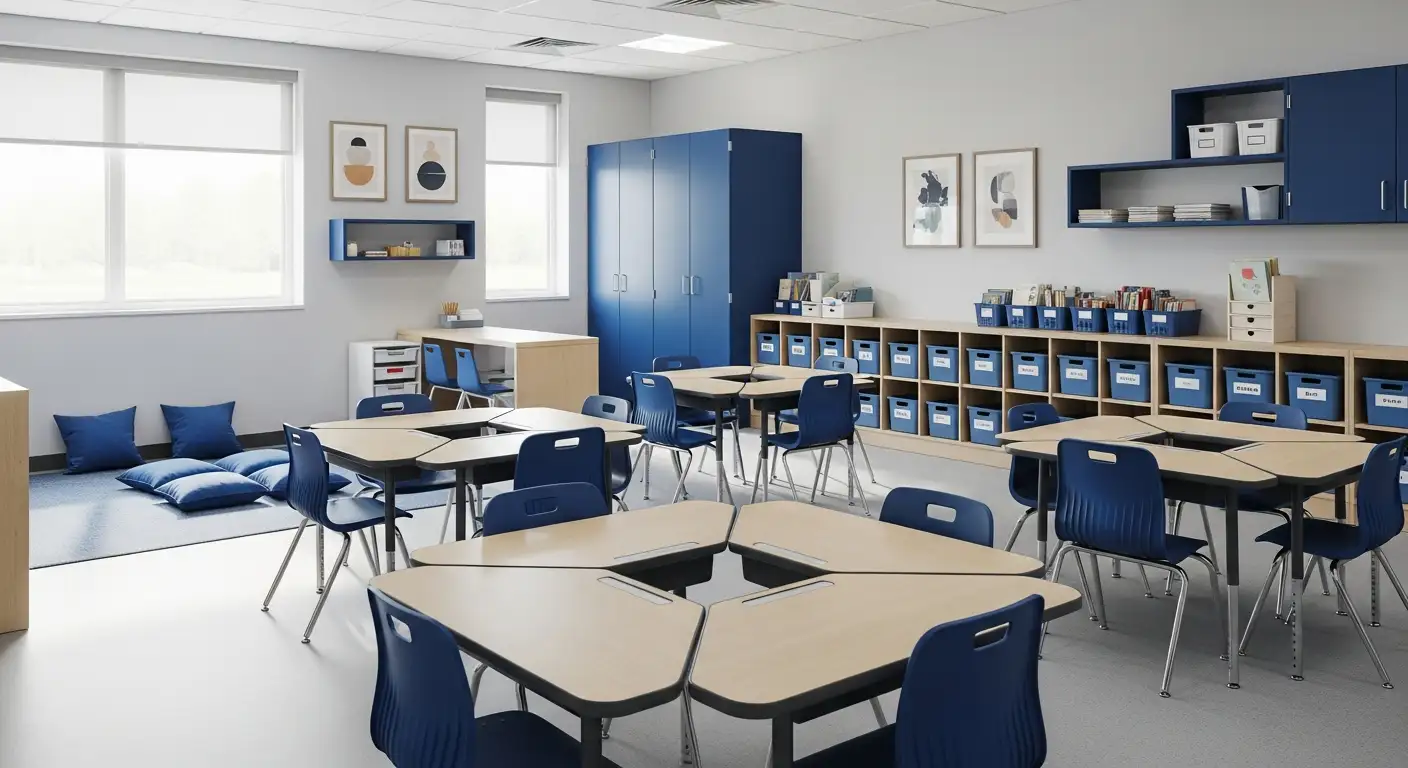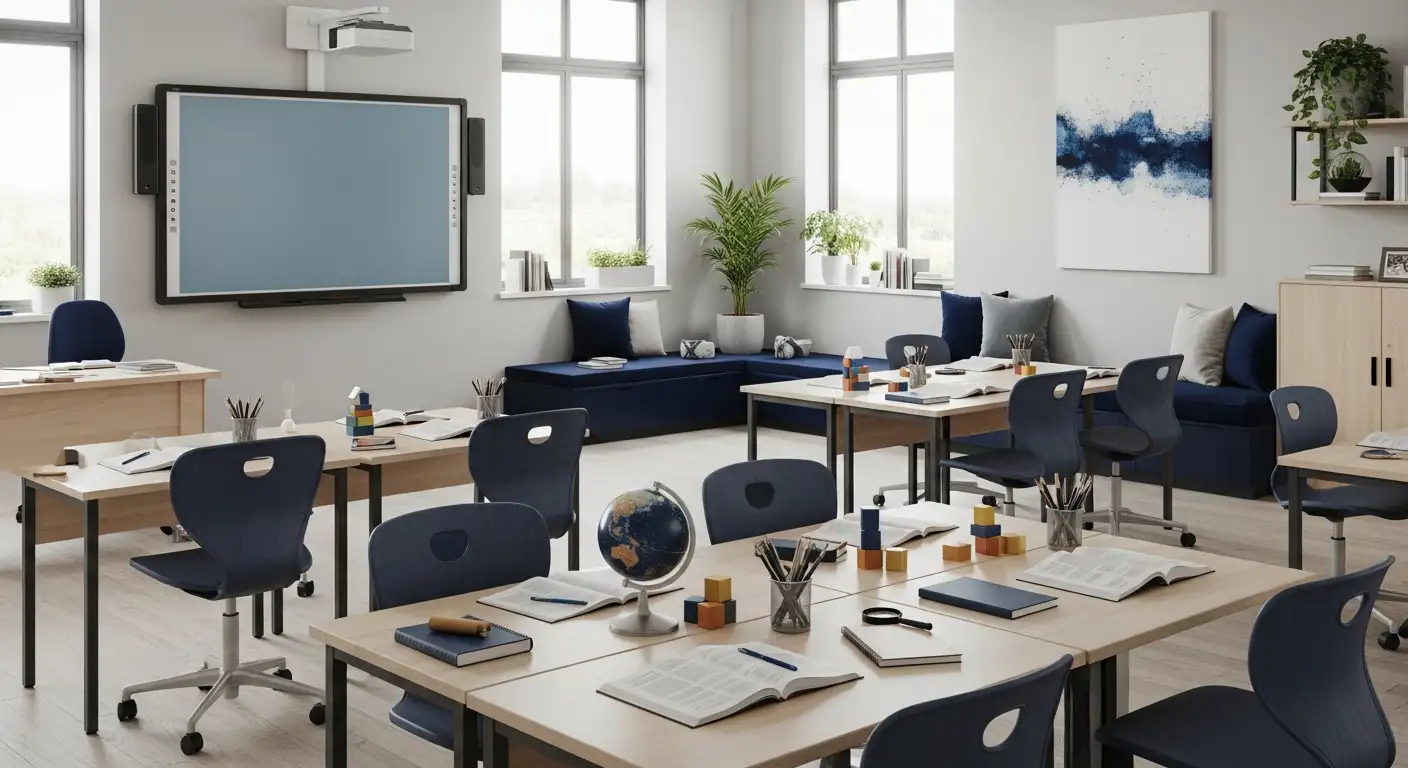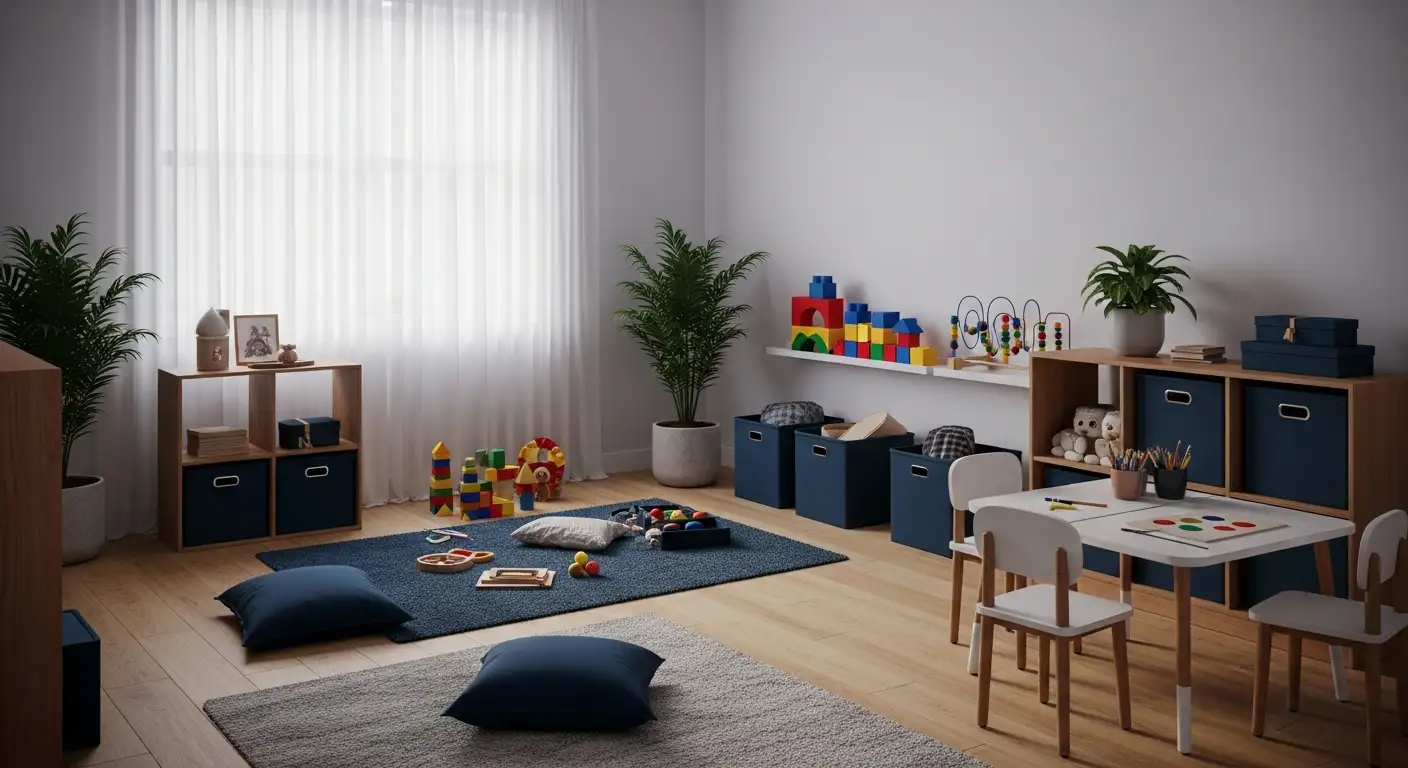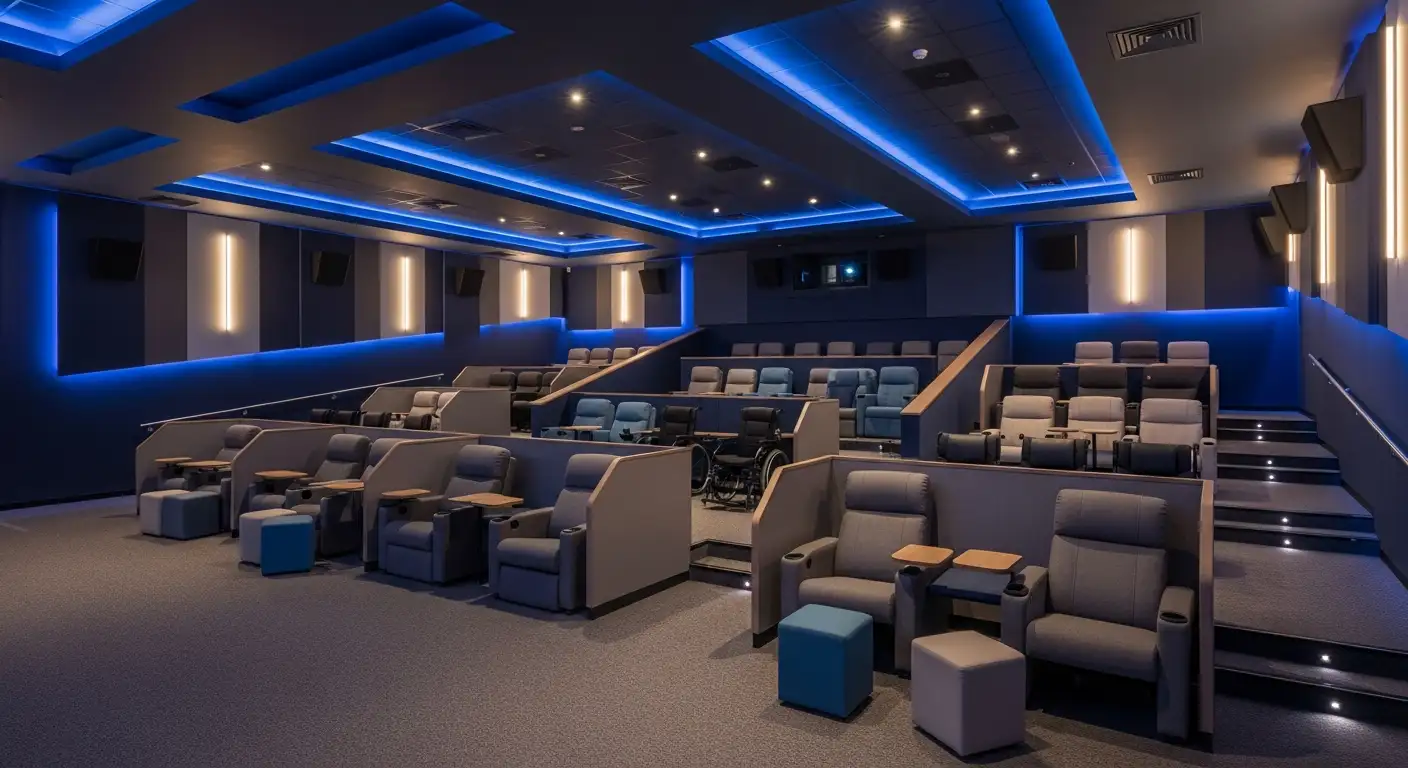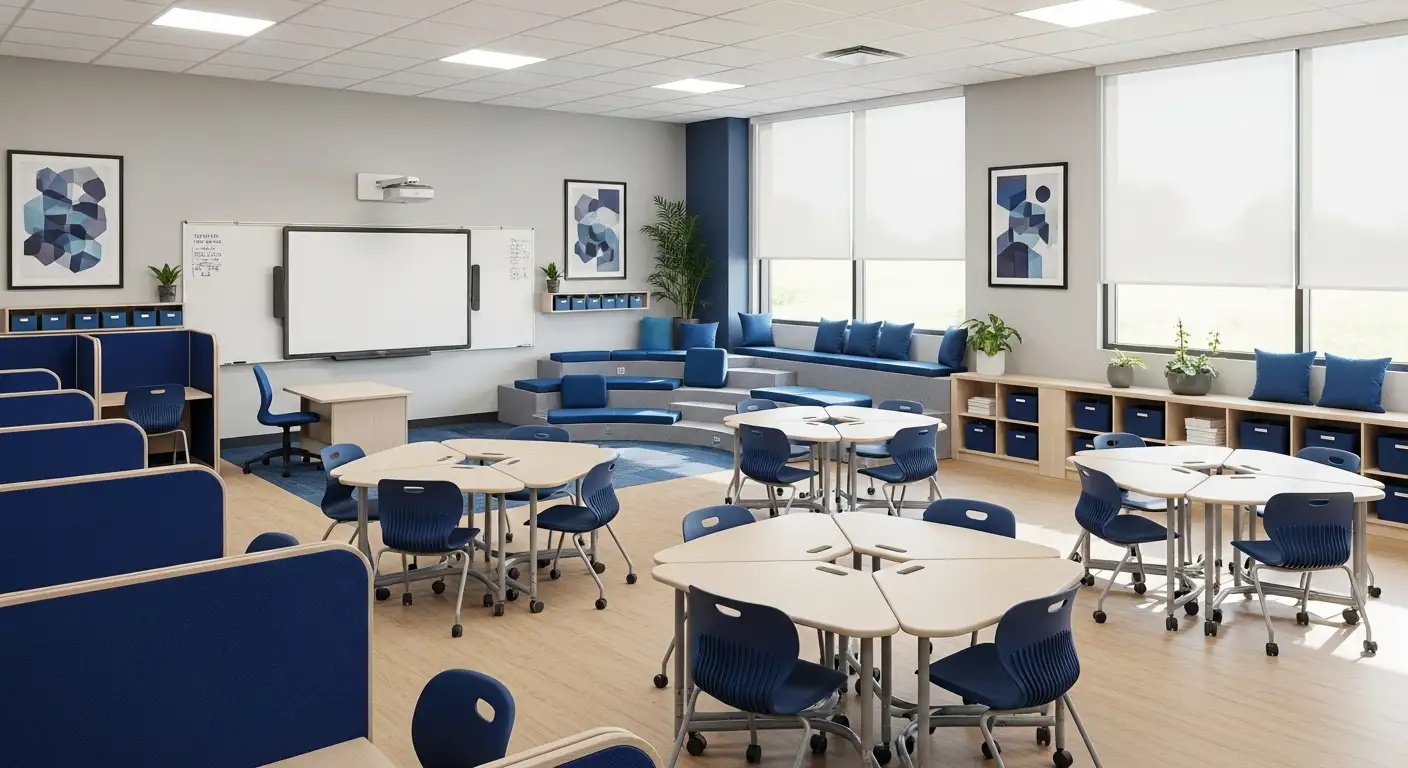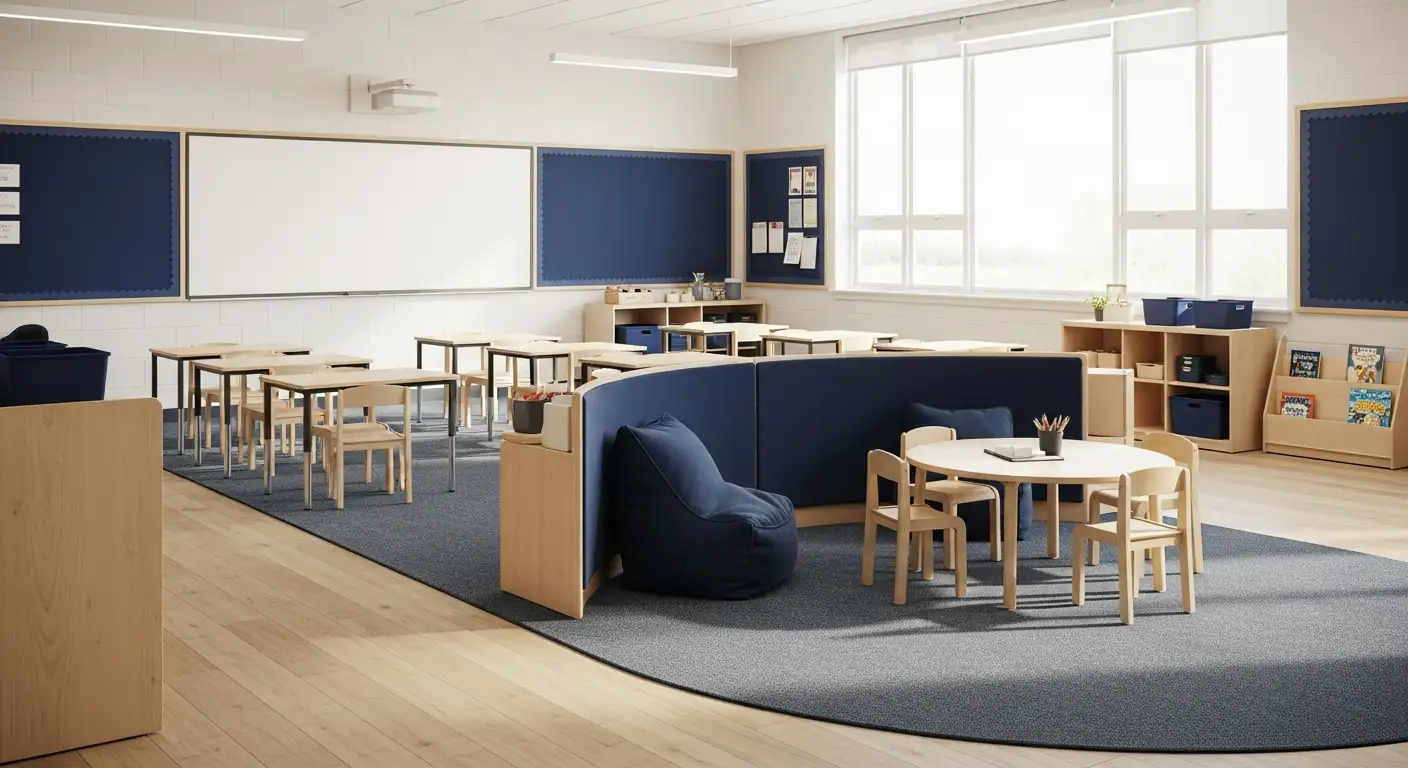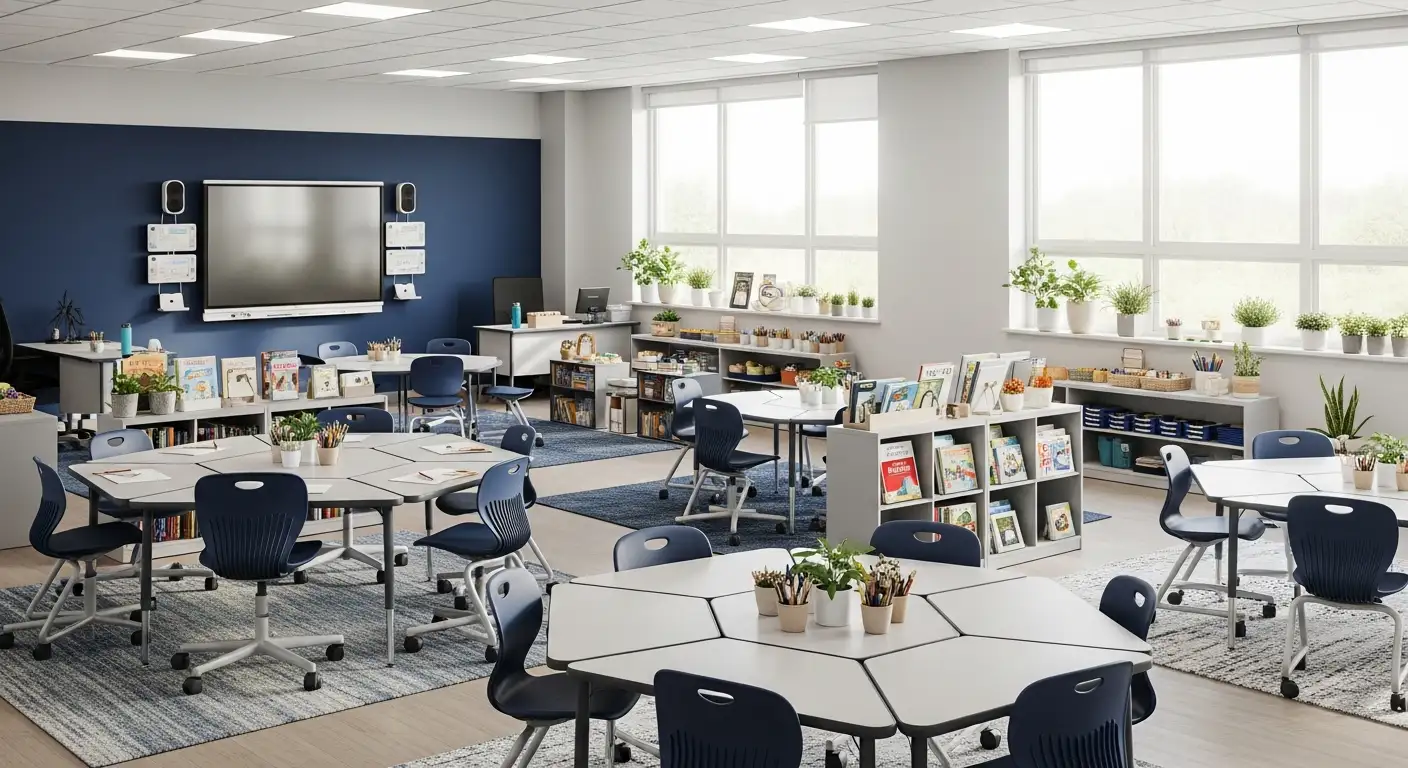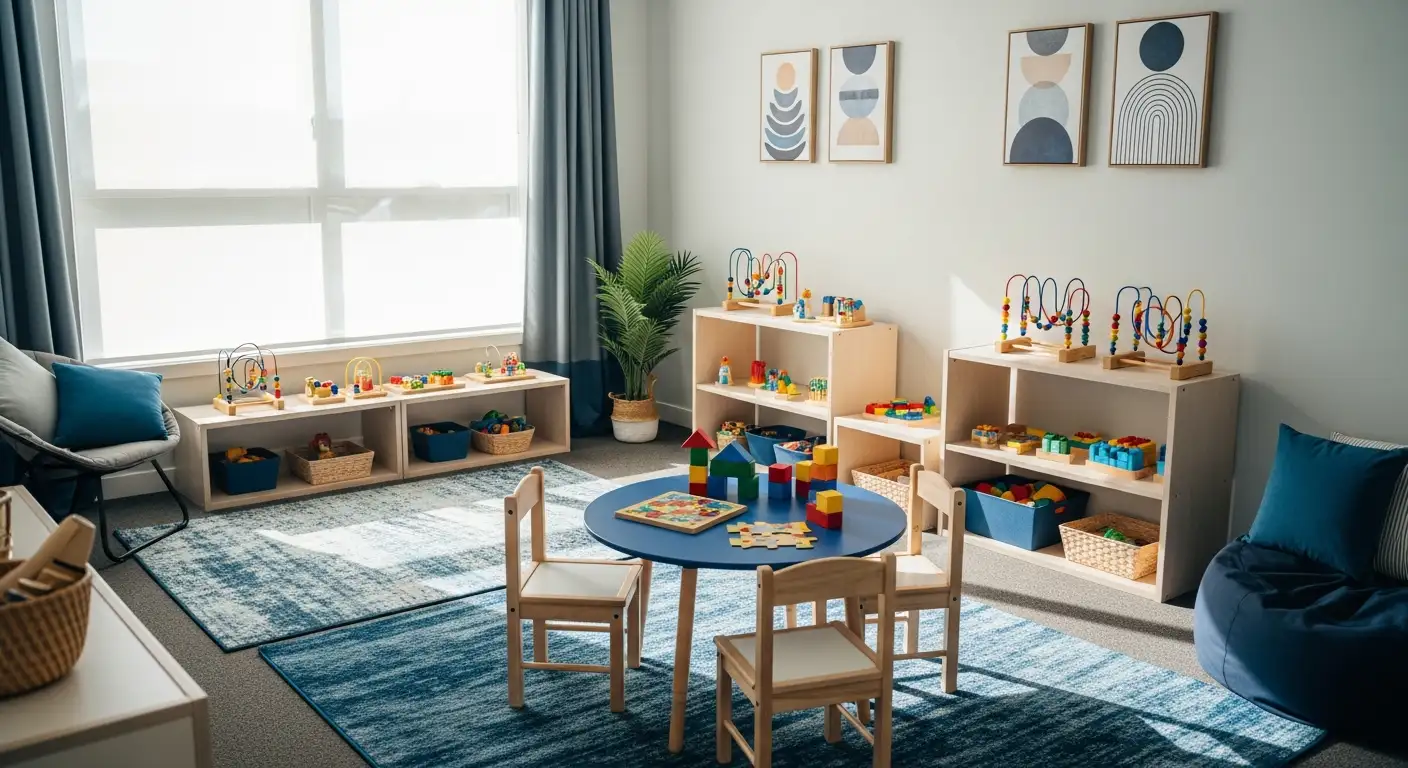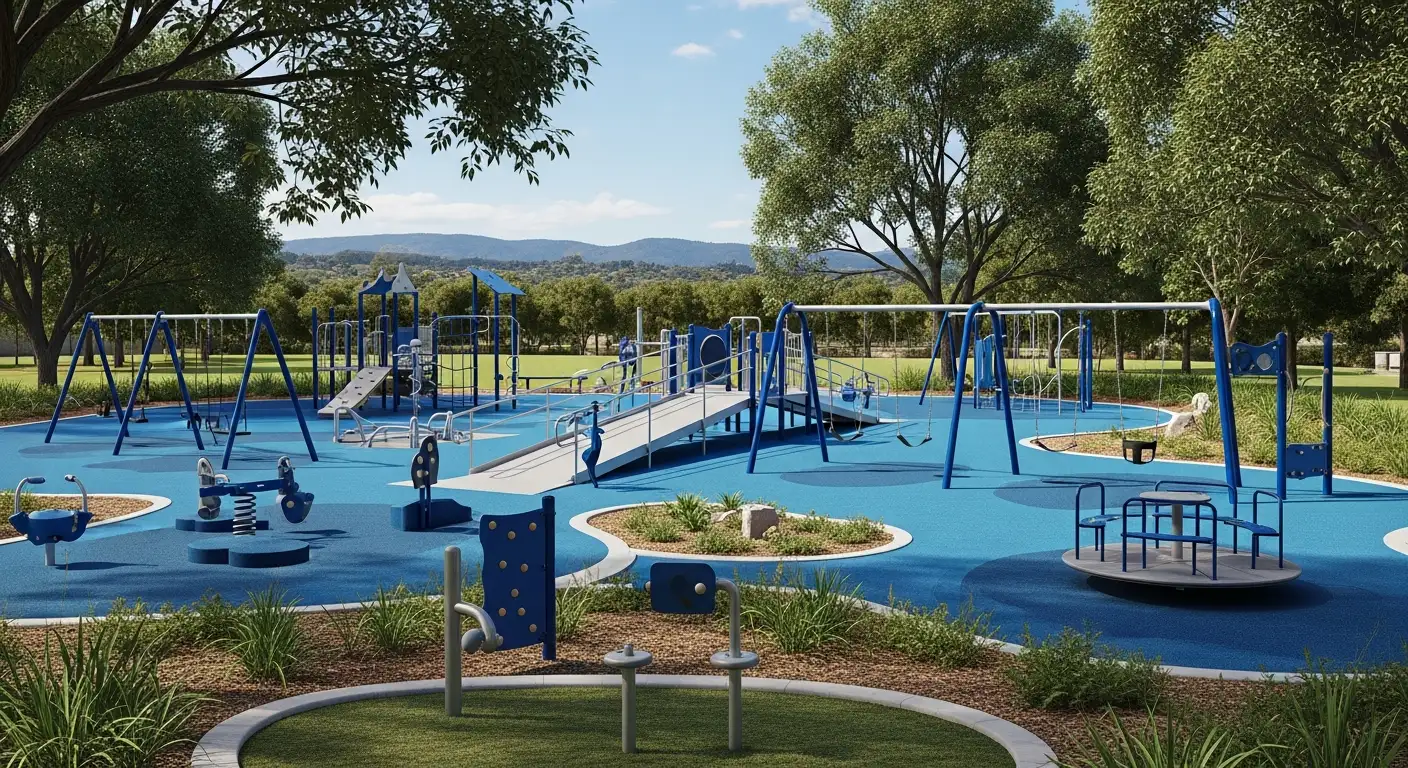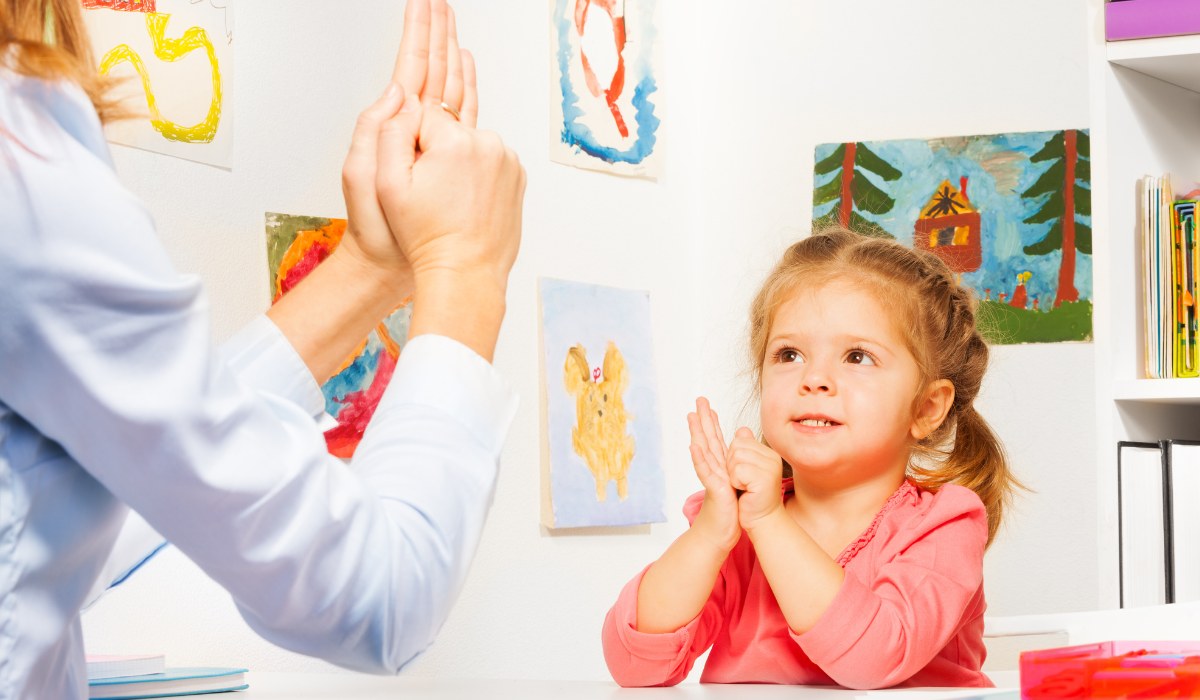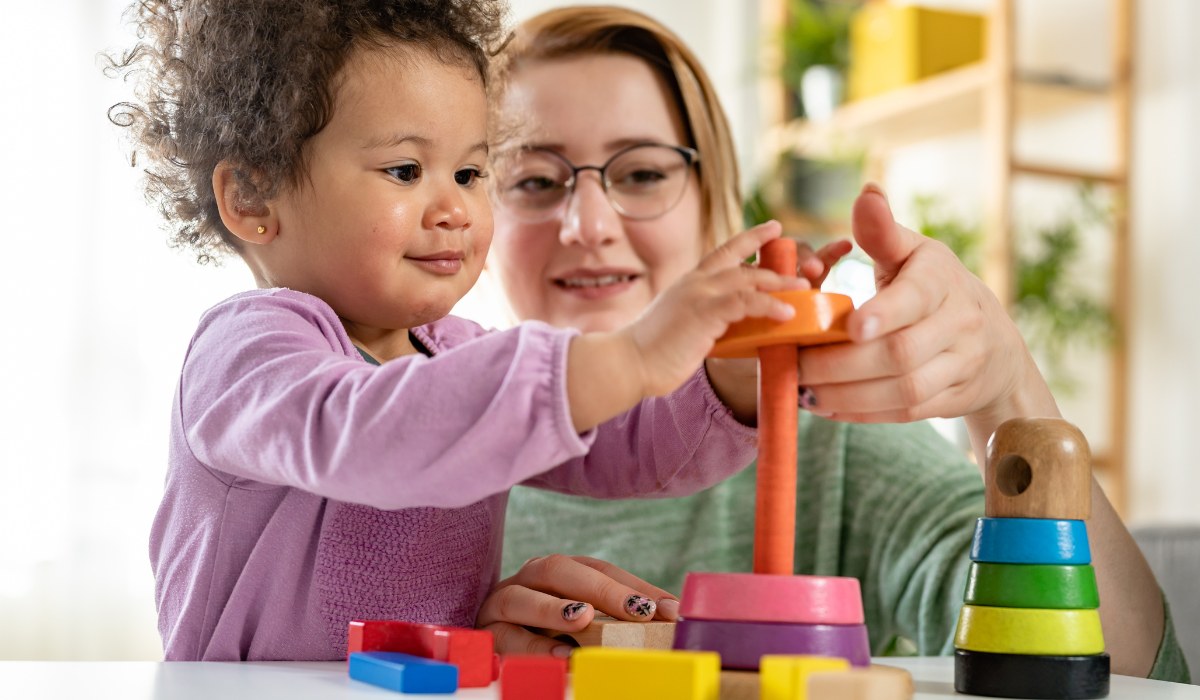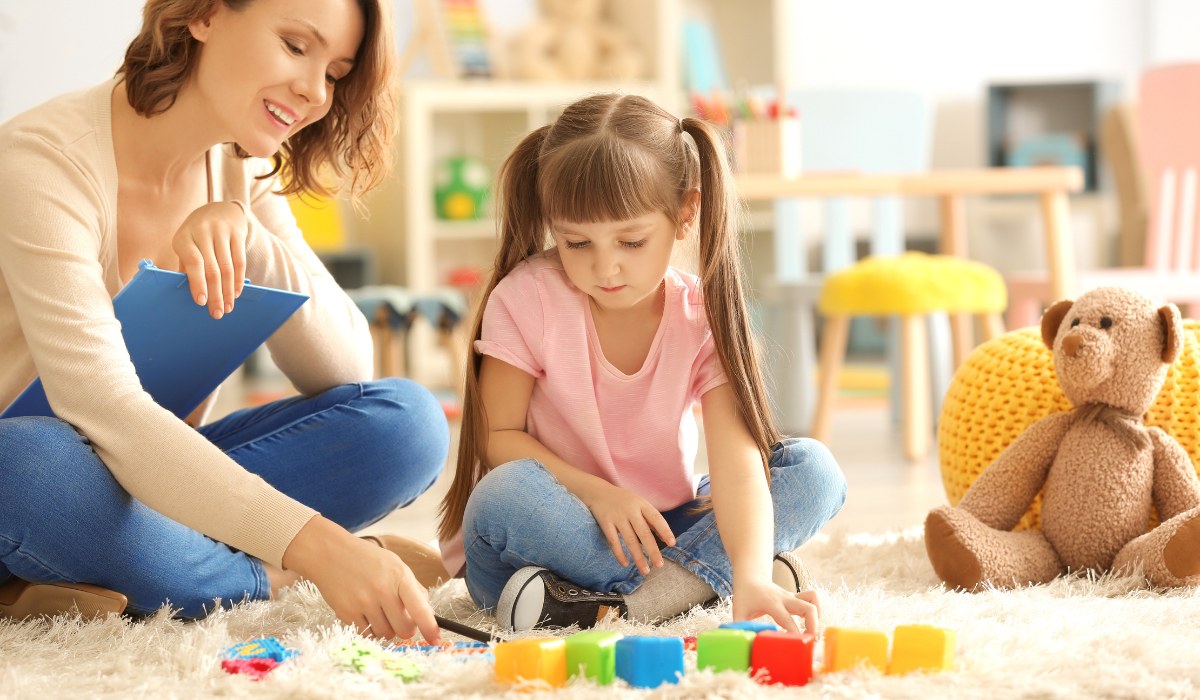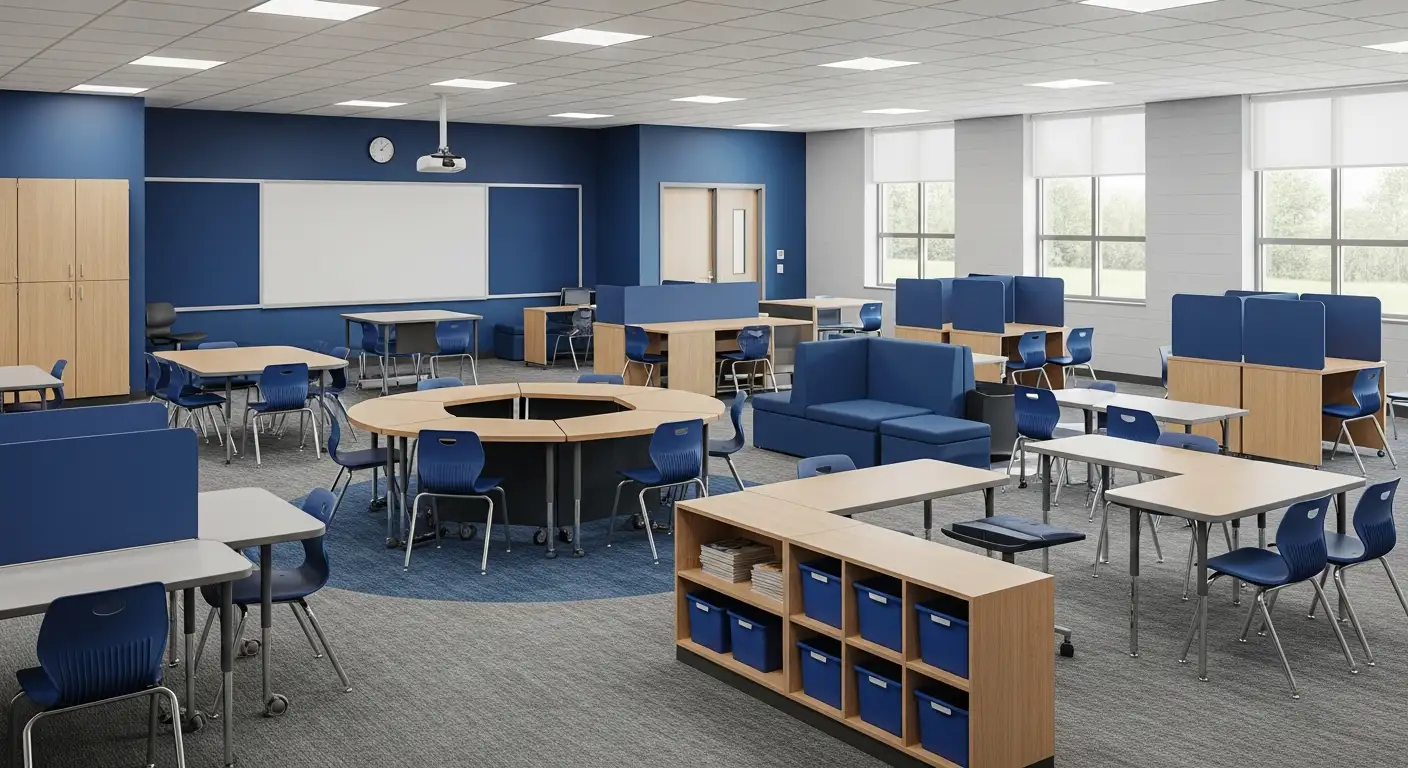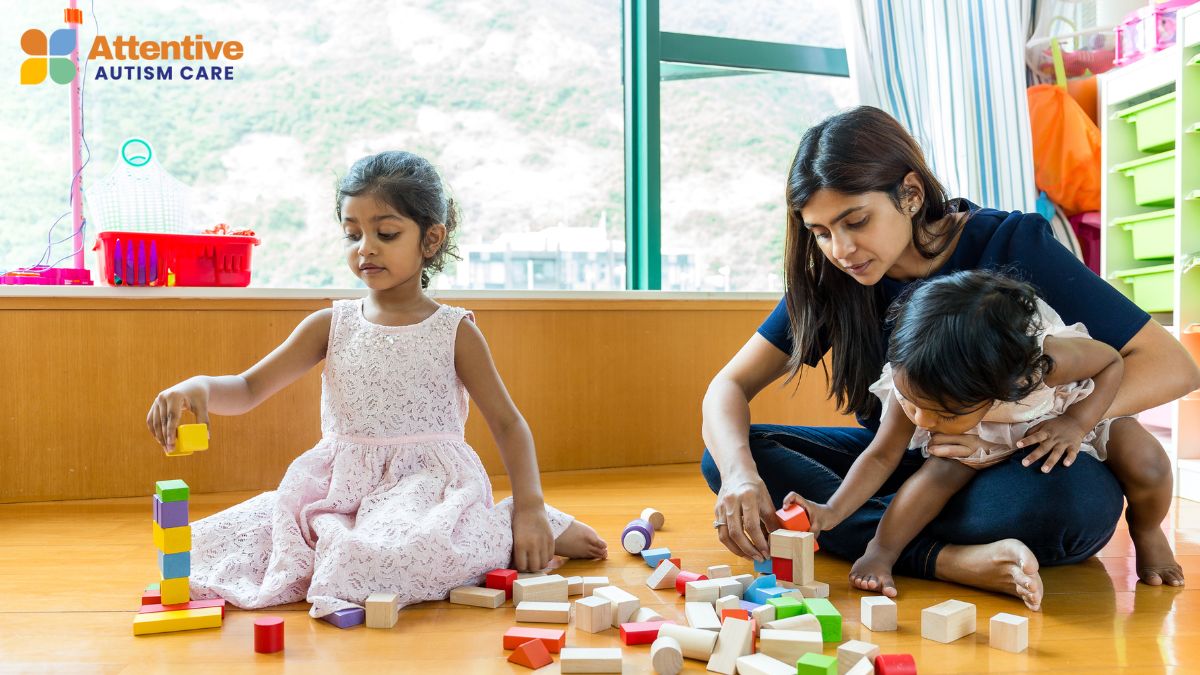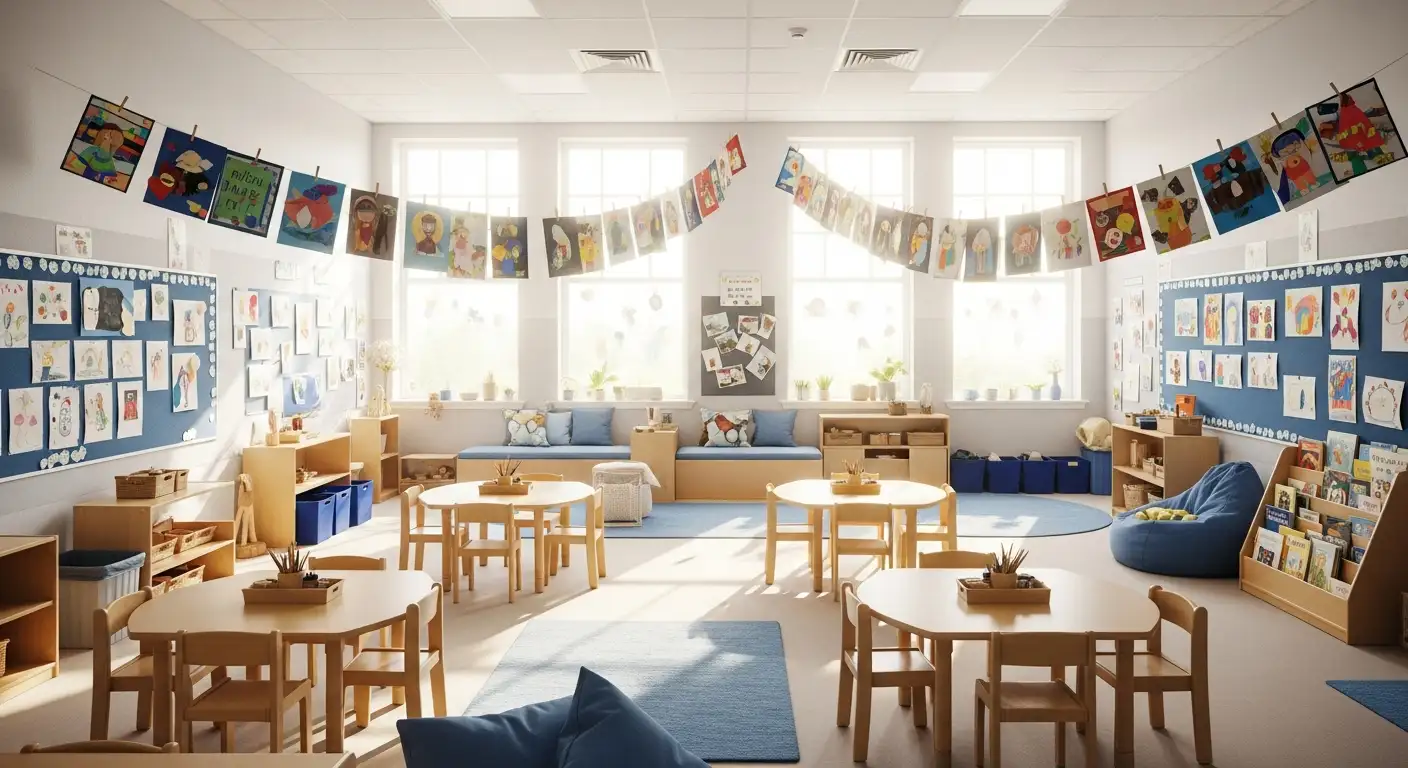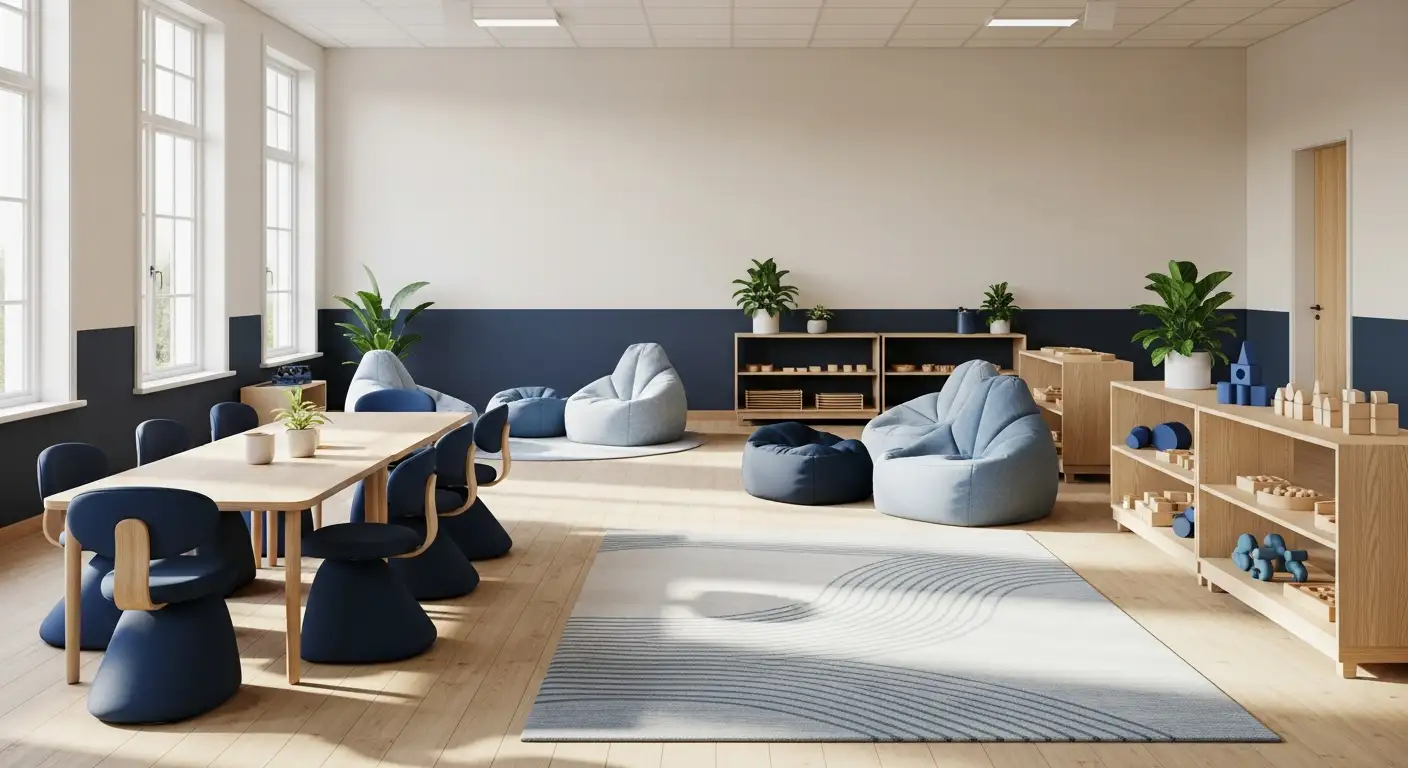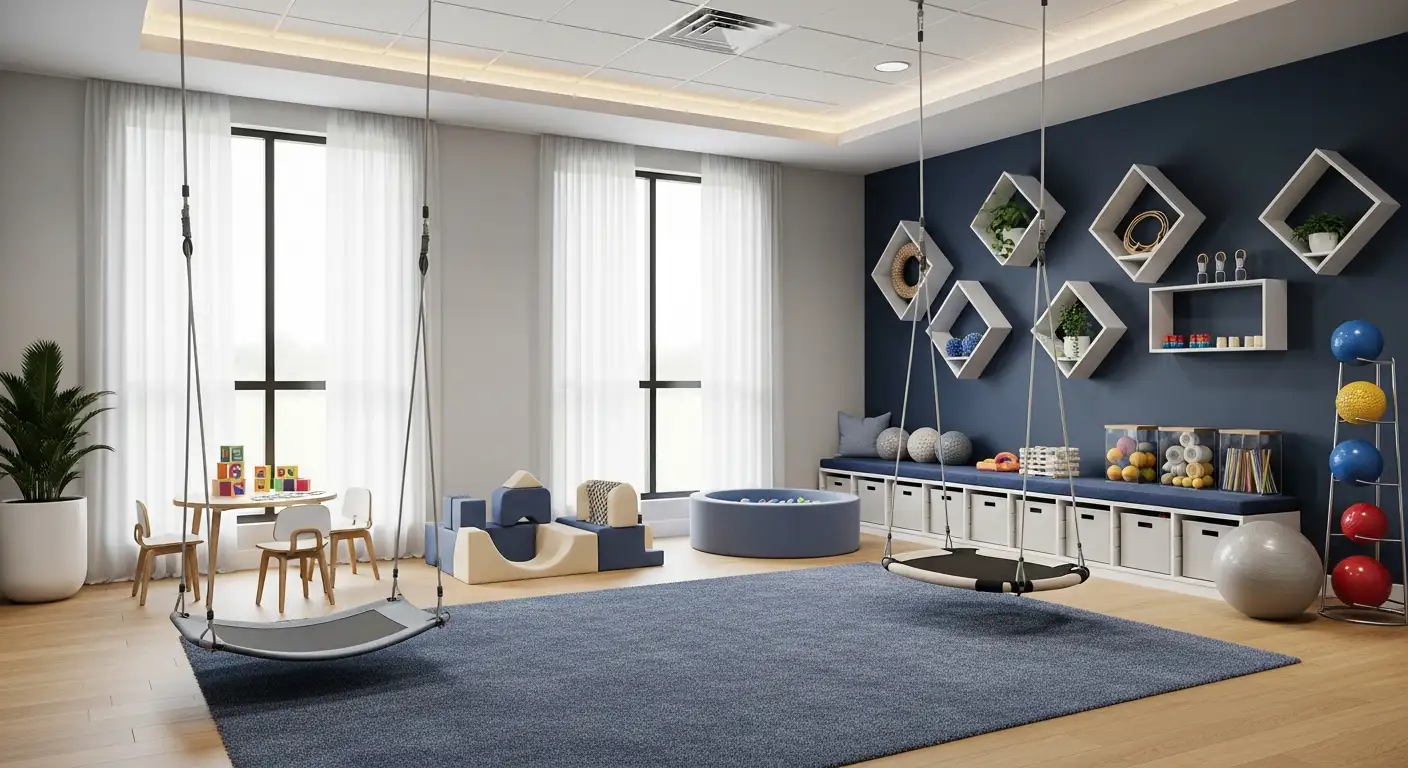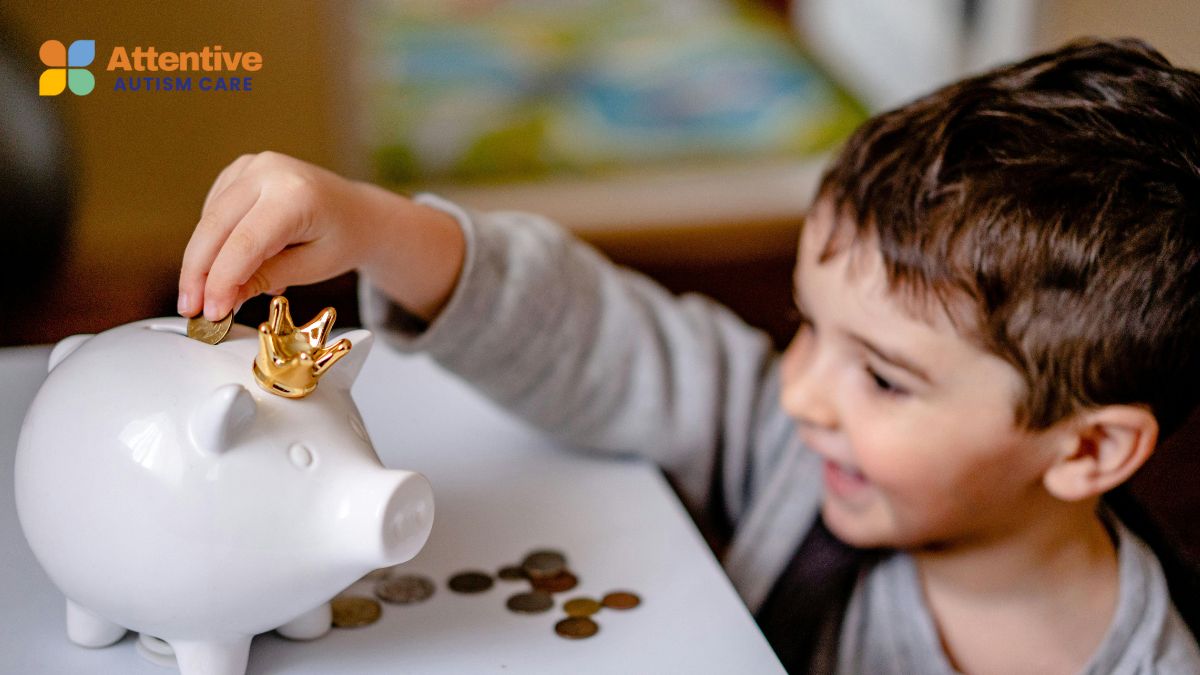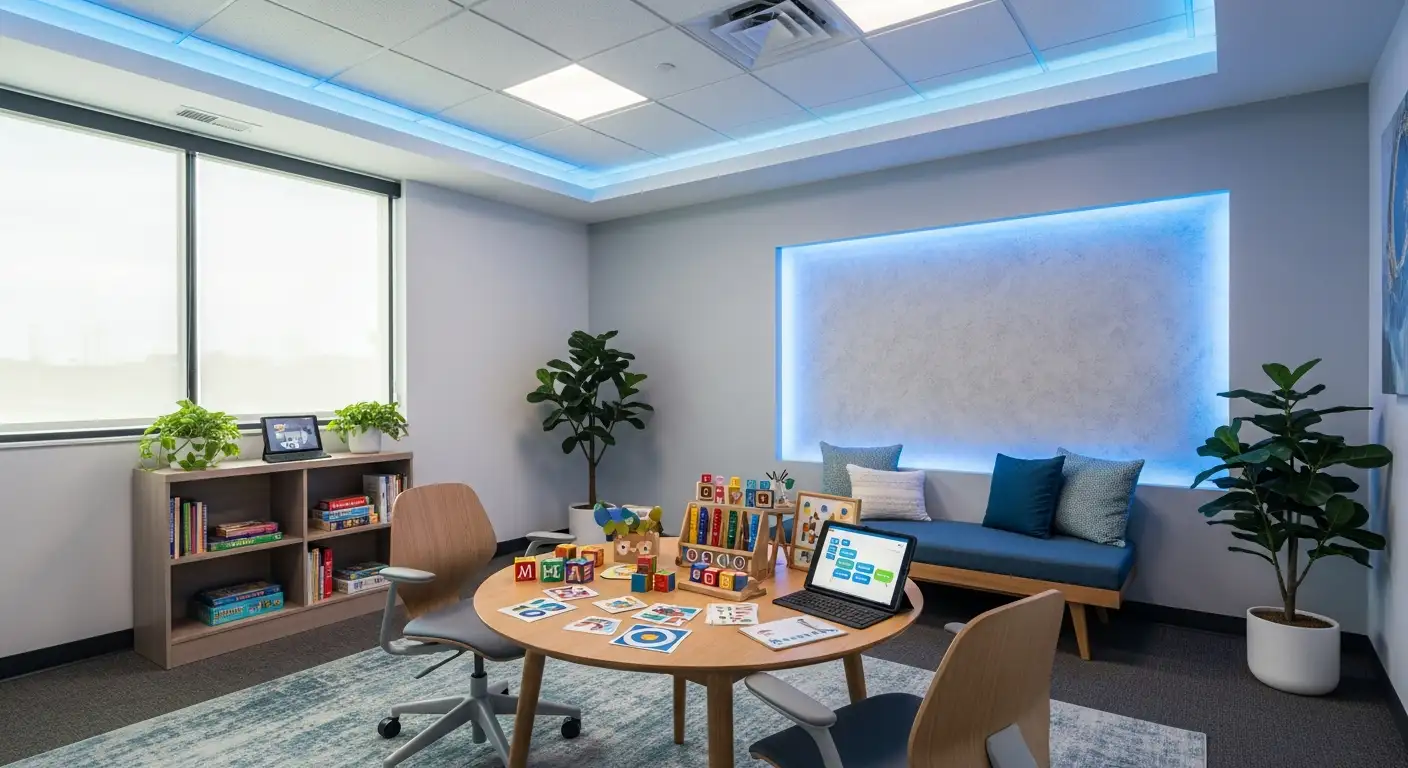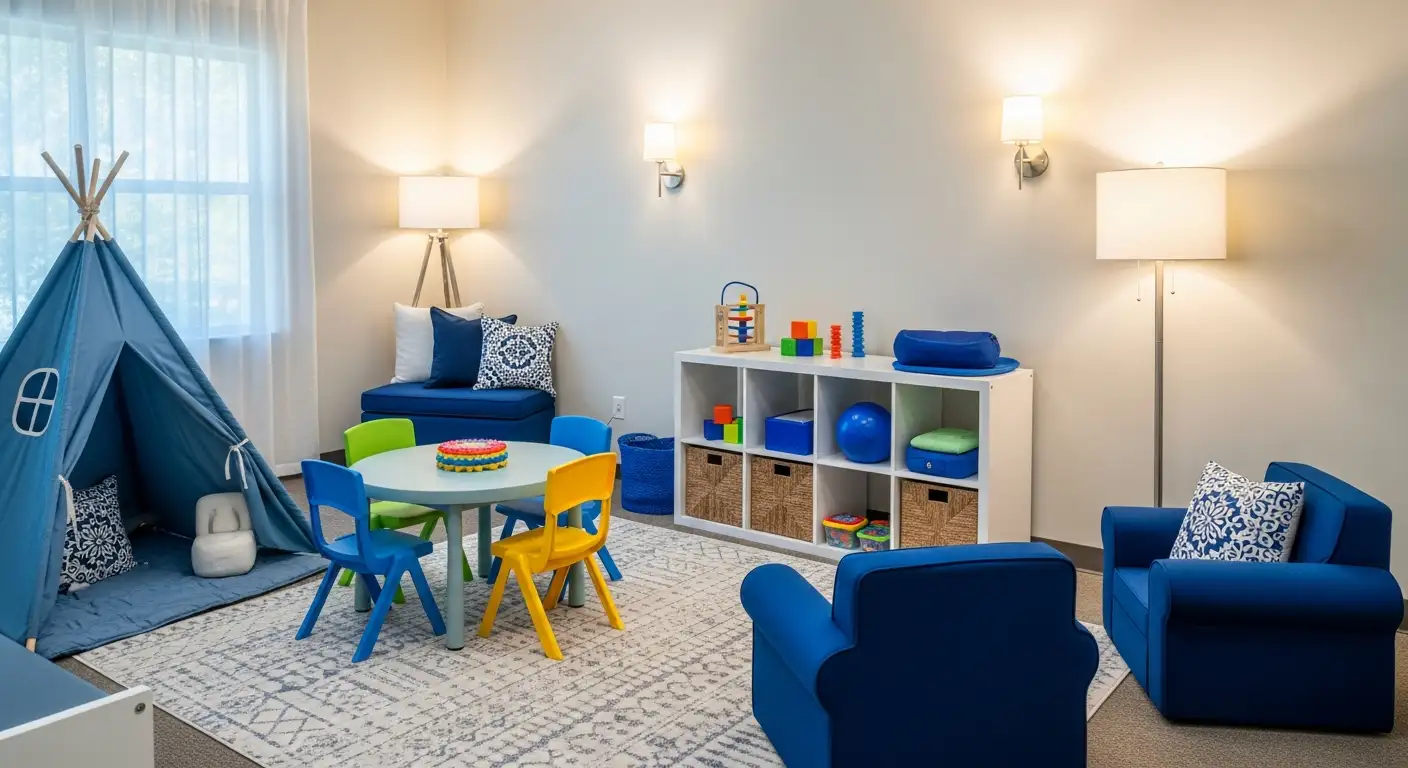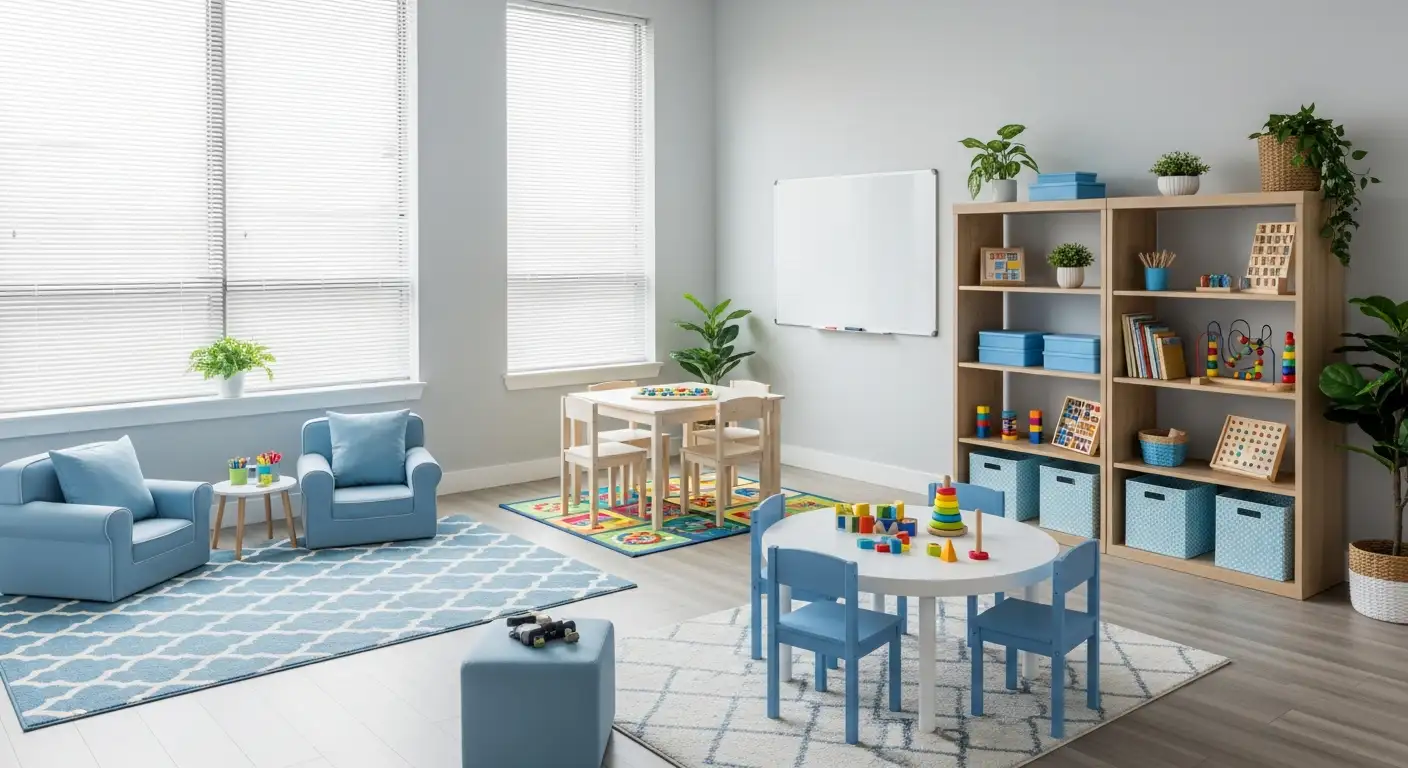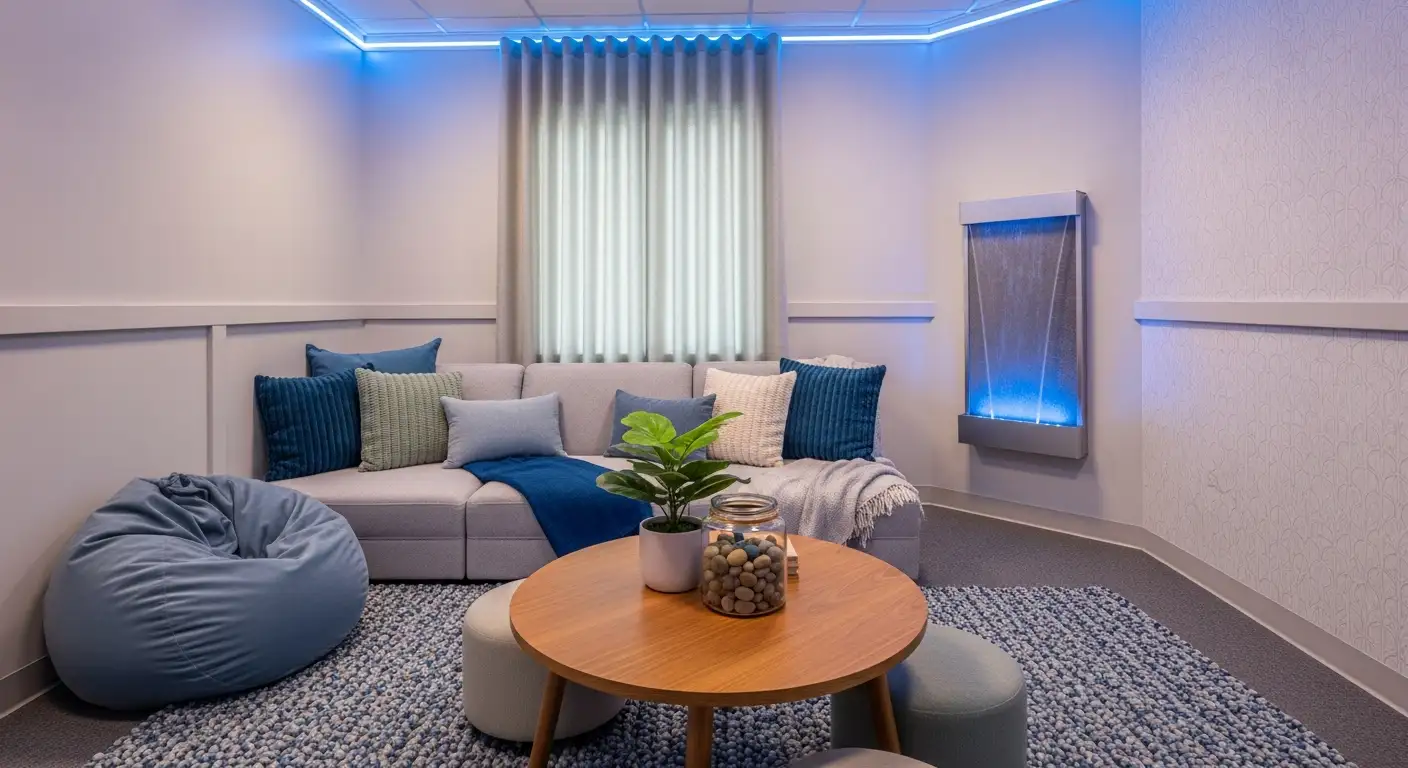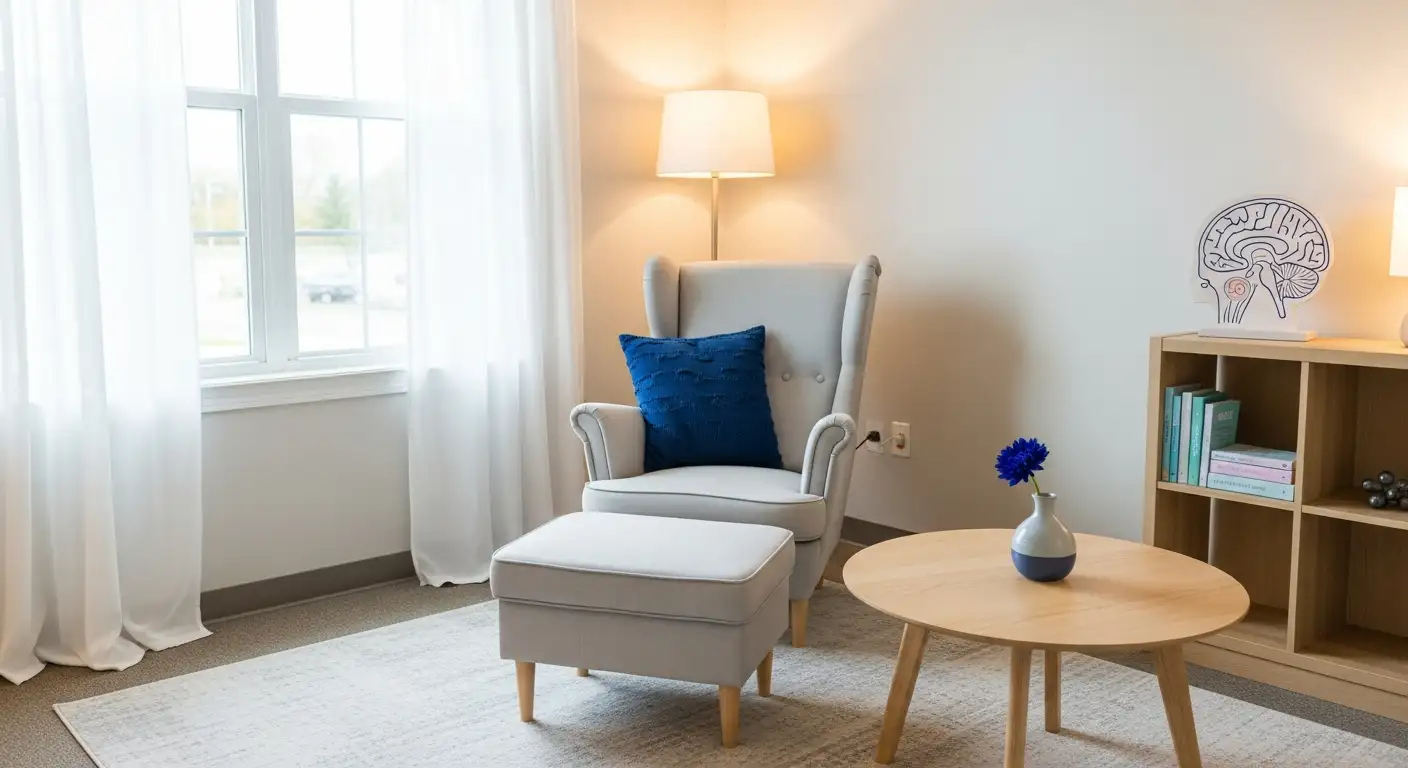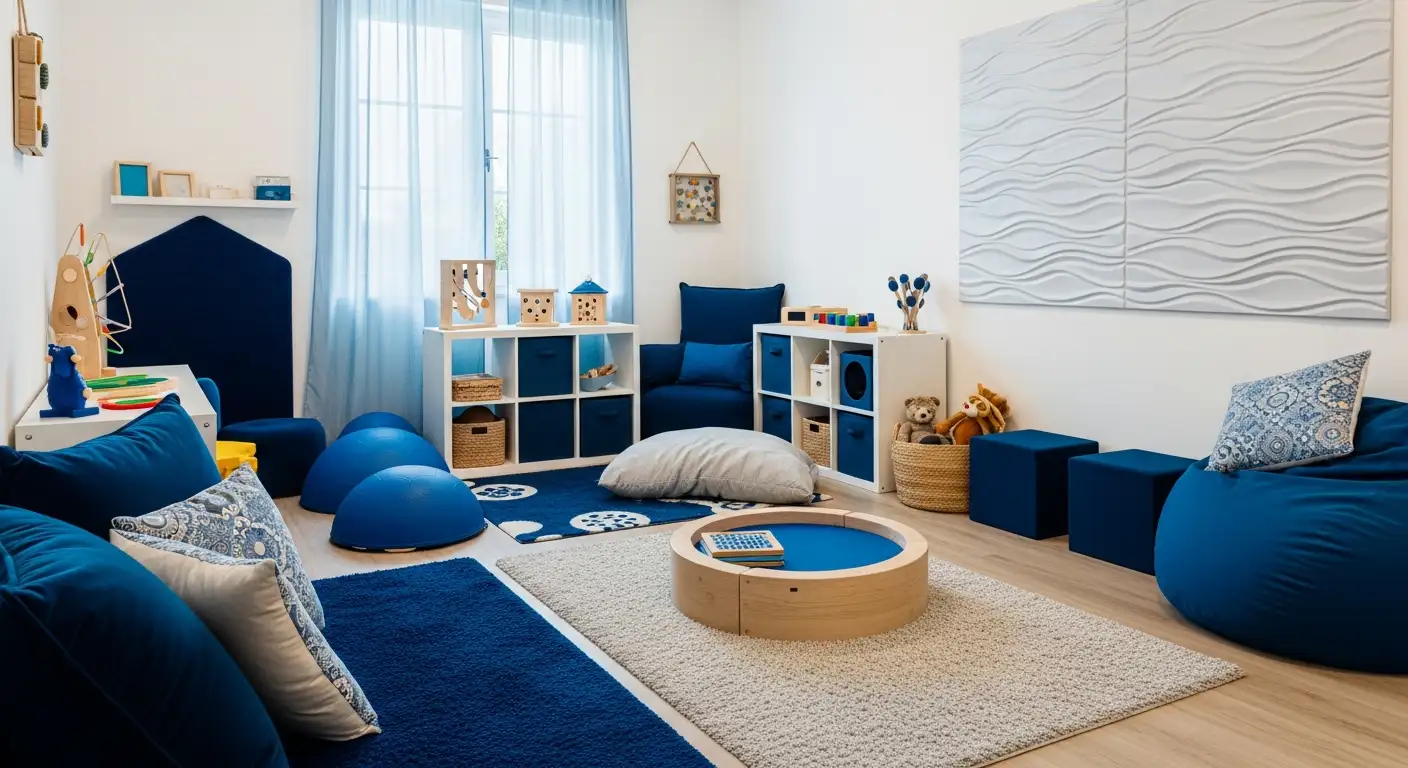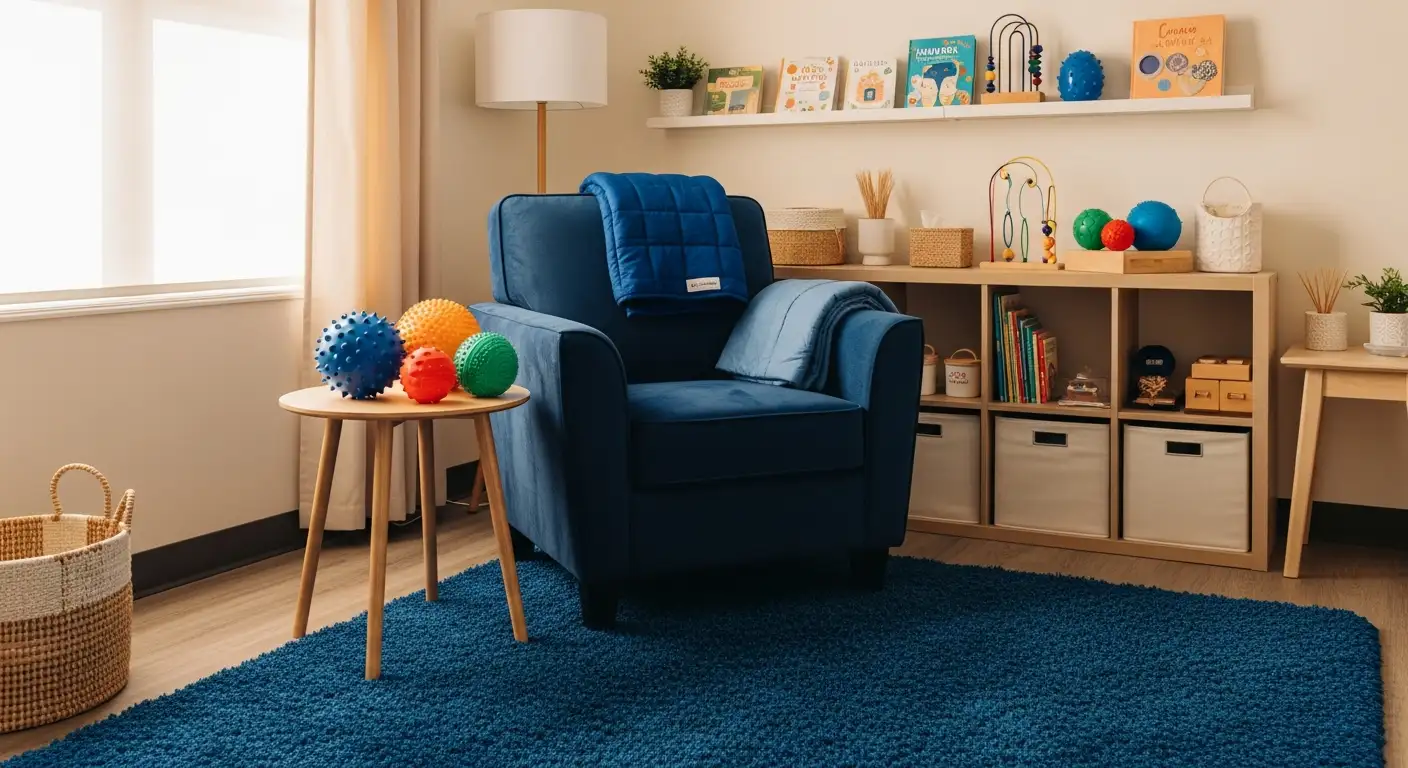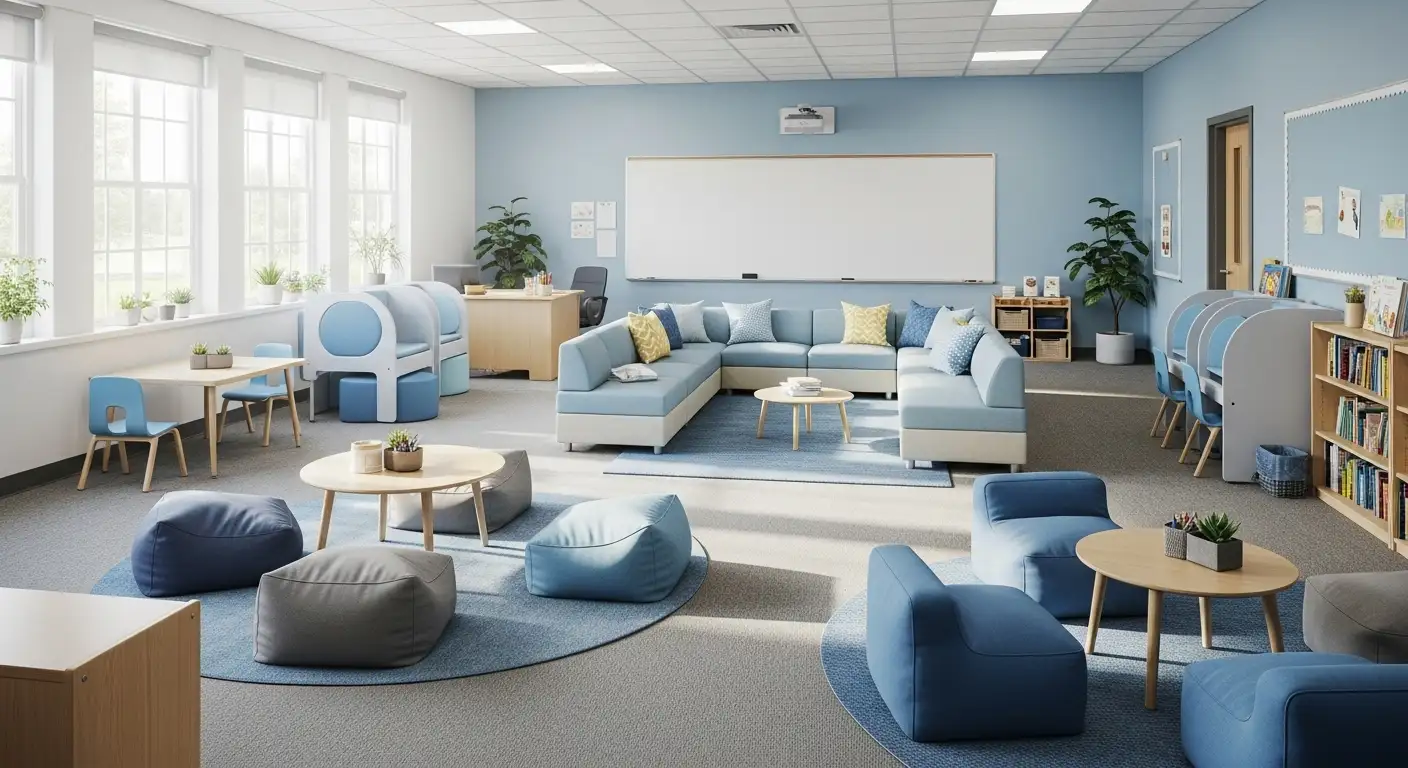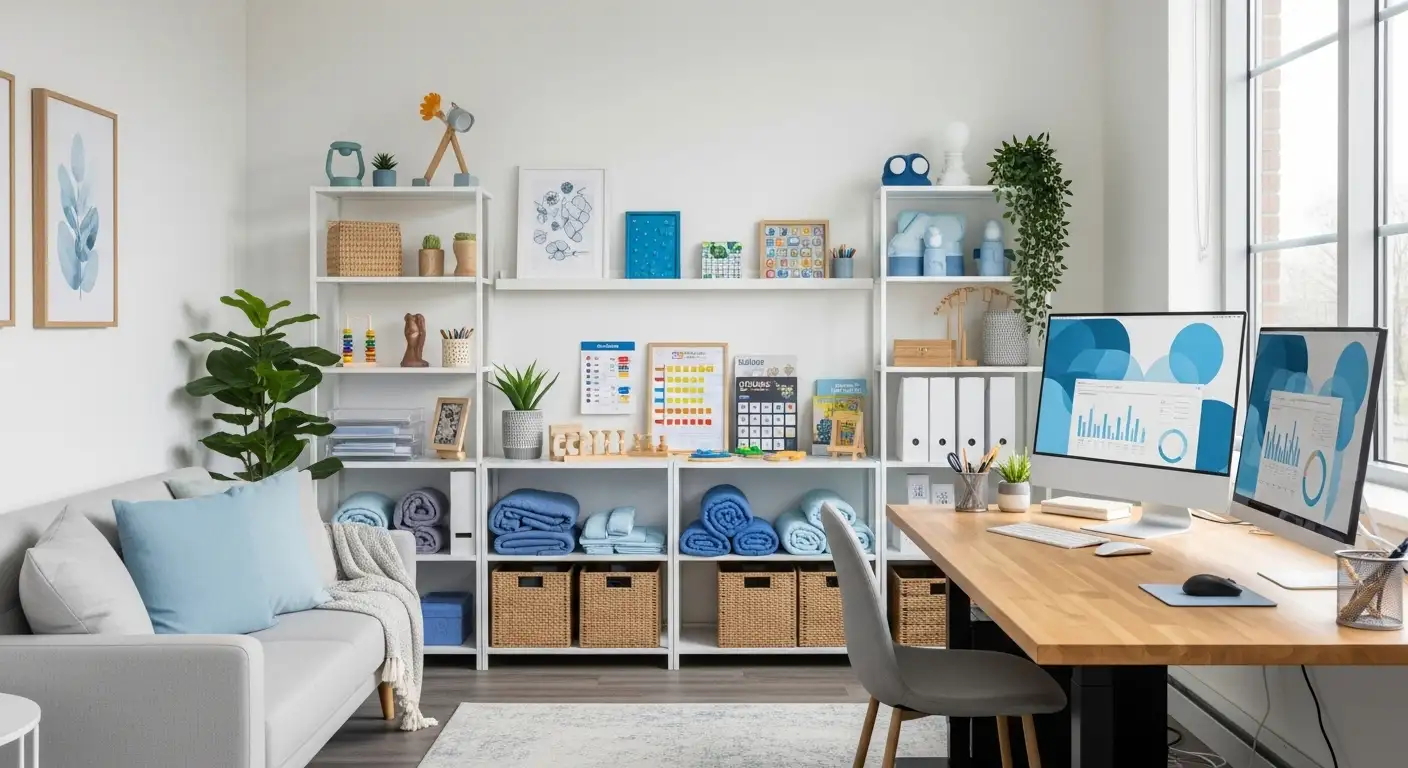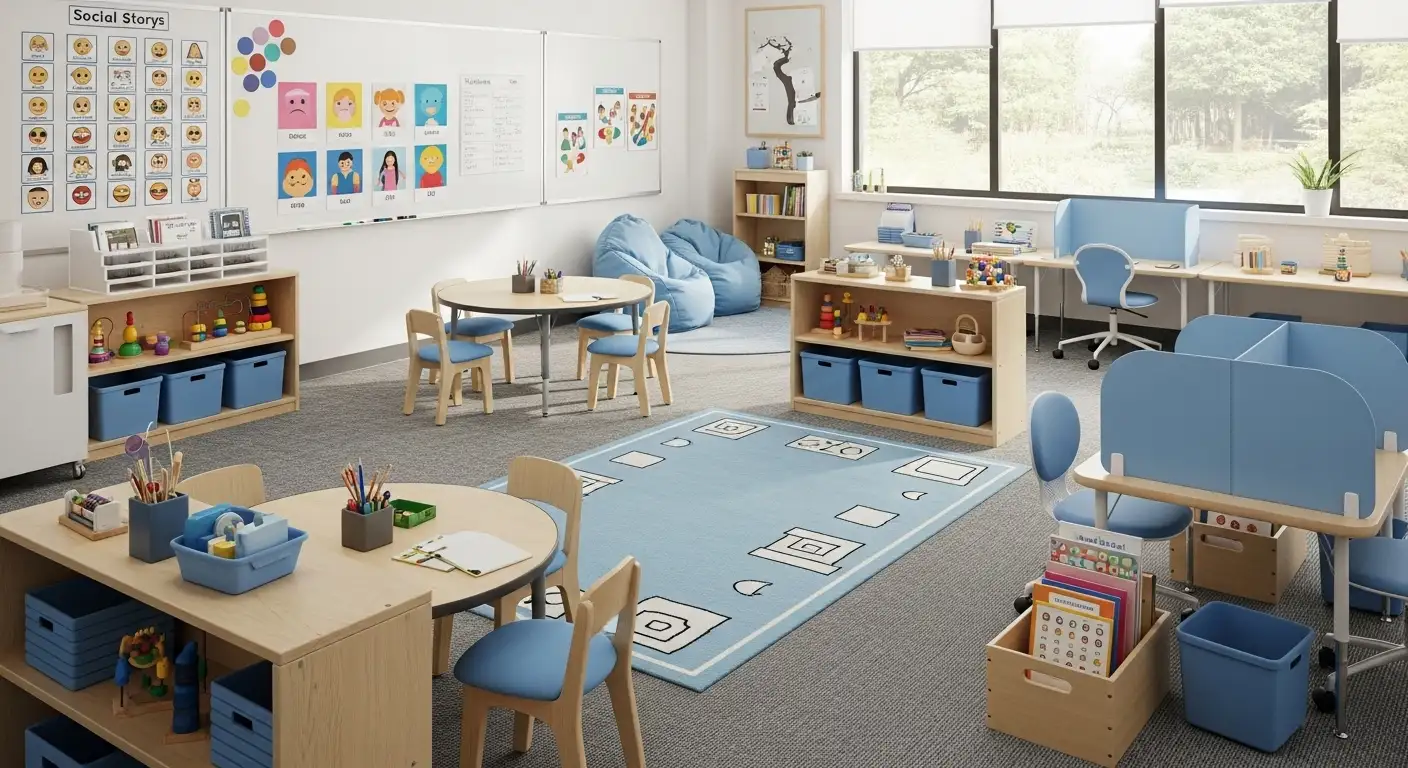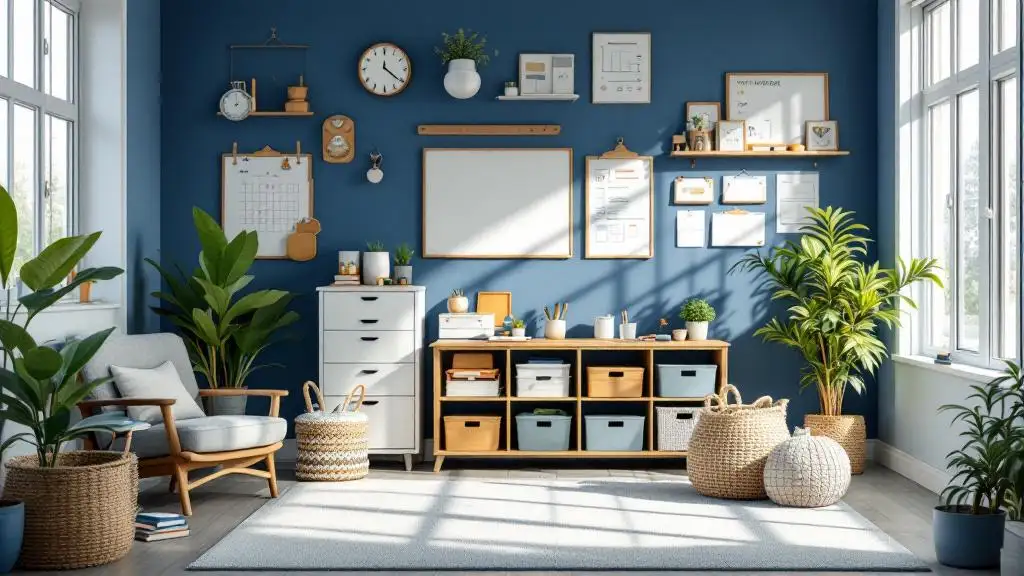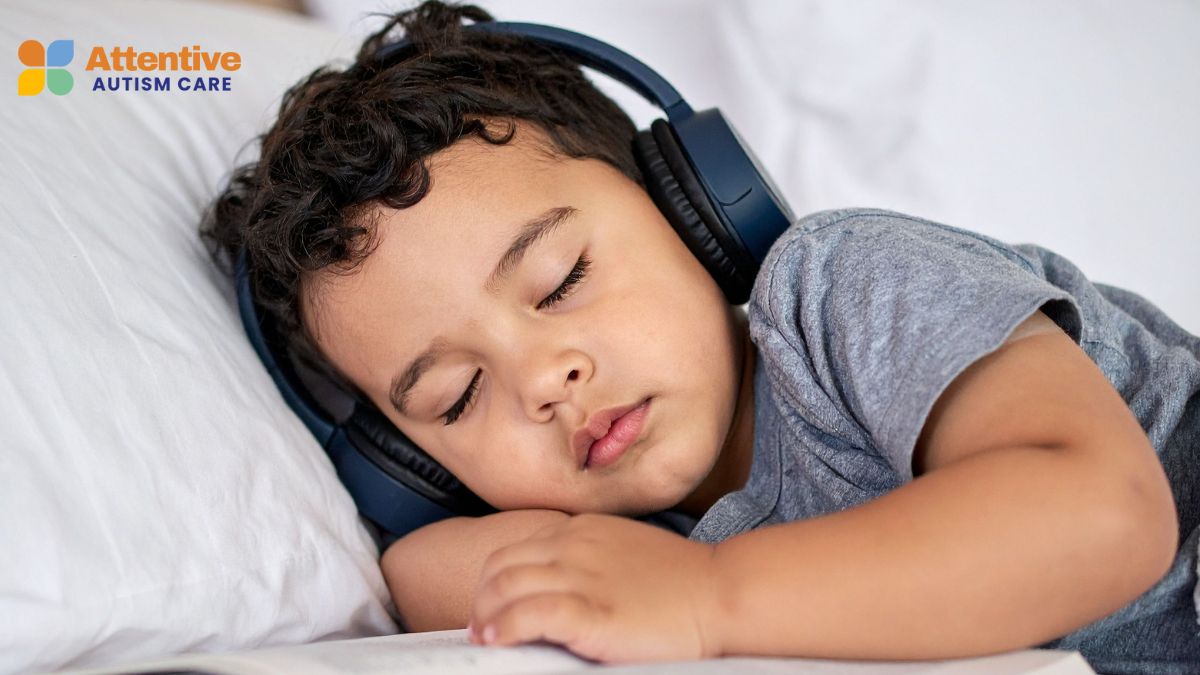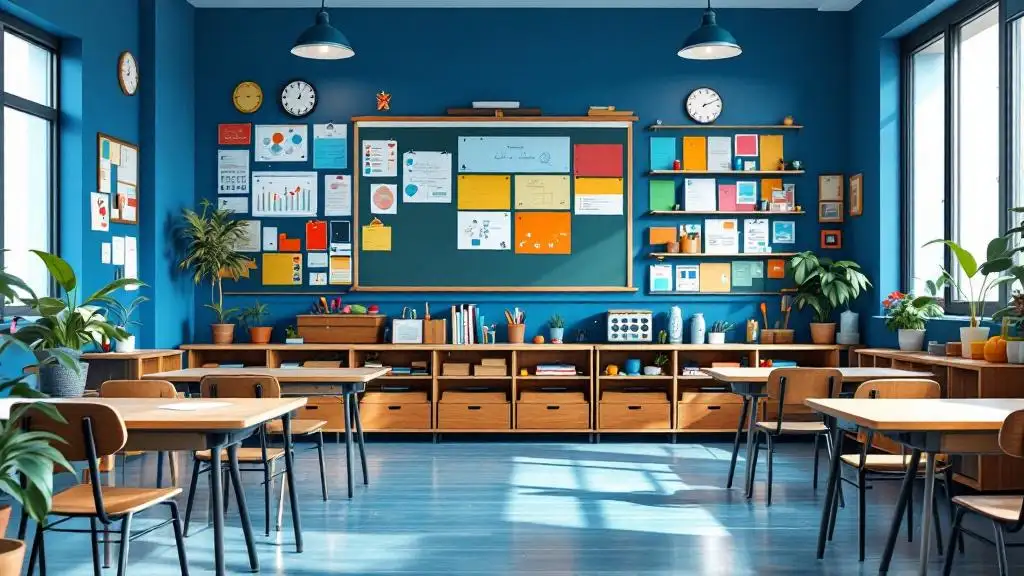Potty Training An Autistic Child
Navigating Circumstances and Strategies for Autism Toilet Training Success
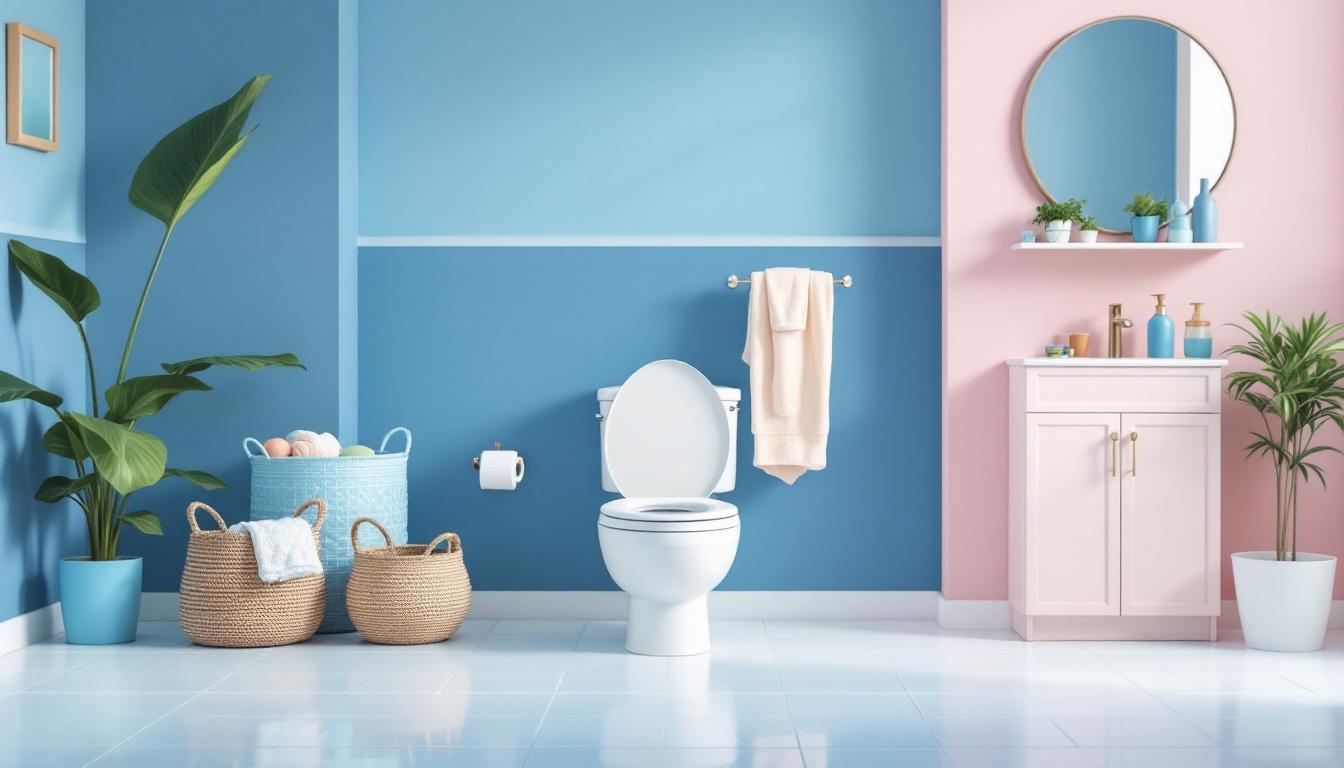
Understanding the Complexities of Toilet Training in Children with Autism
Potty training an autistic child involves unique challenges and requires a tailored approach, patience, and understanding. Due to developmental delays, sensory sensitivities, communication barriers, and behavioral differences, autistic children often take longer to develop independence in toileting. This article delves into principles, signs of readiness, effective techniques, environmental adaptations, and ways to manage setbacks, aiming to equip caregivers with comprehensive strategies grounded in research and clinical best practices.
Understanding Developmental and Behavioral Factors in Autism and Potty Training
At what age are autistic children typically potty trained?
Autistic children generally take longer to achieve toilet training compared to their neurotypical peers. On average, many begin to master these skills around age 3.3 years, but this process can extend well into later childhood depending on individual circumstances. Factors like developmental delays, communication challenges, and sensory sensitivities often influence the age at which an autistic child is successfully potty trained.
Research shows that nearly 49% of children with autism aged 4 to 5 are not yet toilet trained, which is significantly higher than the 24% of children with other developmental delays and only 8% of typically developing children in the same age group.
Autism-related traits such as resistance to routine changes, difficulty recognizing internal bodily signals (interoception), and sensitivities to sensory input (touch, sound, smell) can slow down toilet training. Medical issues like constipation or diarrhea are also common and can delay progress.
Signs indicating readiness include the child's awareness of wet or soiled diapers, interest in the bathroom environment, and ability to follow simple instructions. However, many children may not demonstrate all typical signs until later or may need additional support such as visual schedules, social stories, and gradual exposure.
Overall, the age of potty training in children with autism varies widely, often requiring tailored strategies, patience, and consistency. Many eventually master toilet skills, which can significantly promote independence and confidence.
Does autism affect the ability to potty train?
Autism can impact potty training in multiple ways. Challenges such as sensory sensitivities may make the bathroom environment overwhelming—bright lights, loud flushing sounds, or unfamiliar textures can cause distress. Communication delays often hinder a child's ability to express the need to go or understand when they need to use the toilet.
Behavioral traits like resistance to change and routines also contribute. Many autistic children prefer predictable environments and may refuse or resist new routines, including toilet training. Additionally, difficulties with motor skills and understanding social cues can hinder progress.
Research indicates that nearly half of children aged 4 to 5 with autism are not toilet trained, showing a delay compared to neurotypical children. However, with supportive strategies that include creating a calming environment, using visual supports, and applying positive reinforcement, many children can achieve toilet independence.
Effective approaches involve gradually introducing the concept of toileting, rewarding successes, and addressing sensory needs—such as minimizing noise and controlling lighting. Professional support from behavioral or occupational therapists can provide tailored interventions to navigate behavioral and sensory obstacles.
While potty training in children with autism is often more complex and prolonged than in typically developing children, many can succeed with specialized strategies and patience. Achieving bladder and bowel control is possible and greatly enhances quality of life, fostering greater independence and social participation.
Recognizing Signs of Readiness in Autism
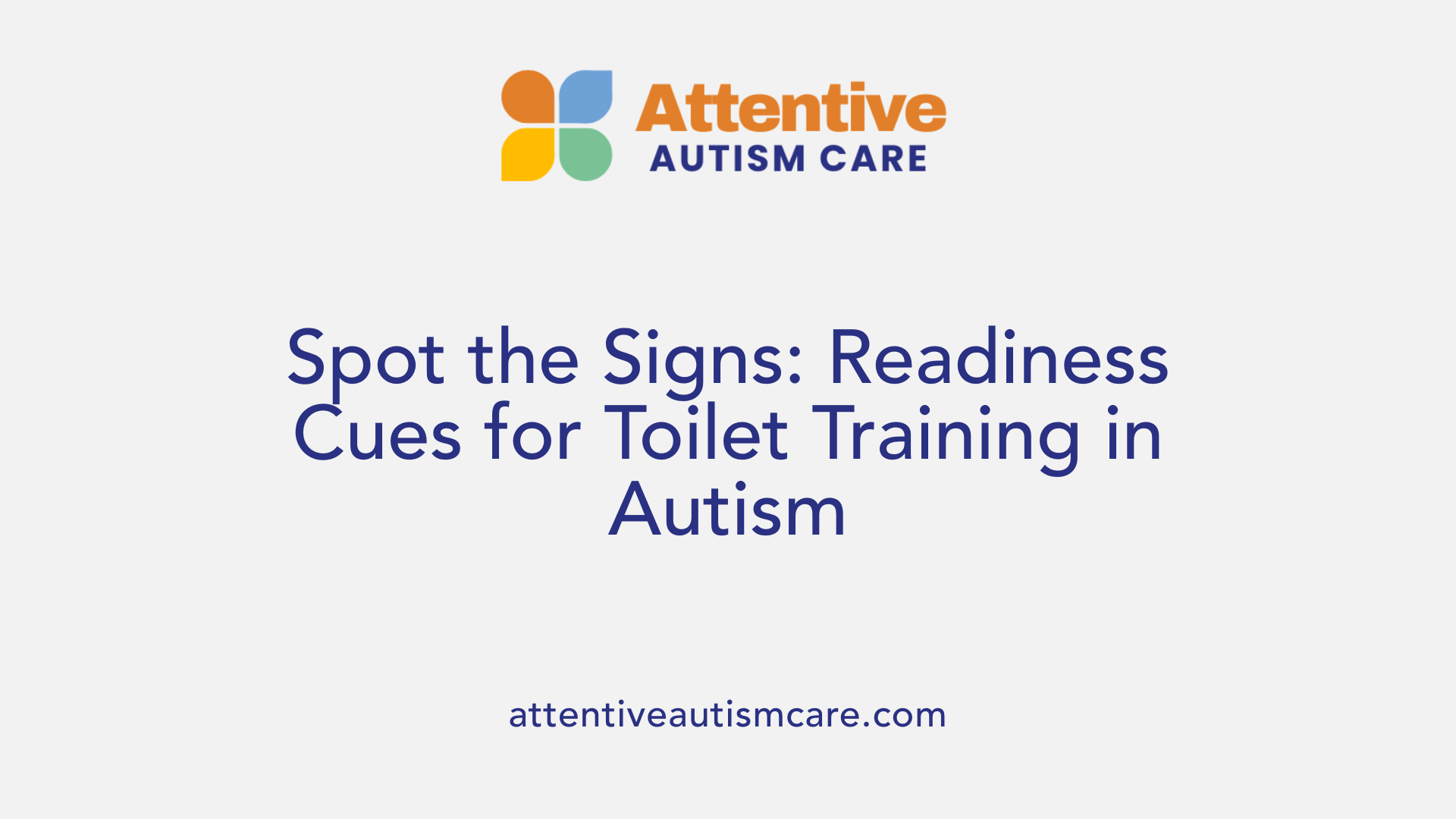
Interest in toilet-related activities and curiosity
Children with autism often display signs of readiness for toilet training by showing curiosity about the bathroom environment. They might observe others using the toilet or express interest in the toilet itself, which can be a promising indicator to start training.
Ability to follow simple instructions like 'Sit on the toilet'
Another sign to watch for is whether the child can follow basic directions, such as 'Sit on the toilet' or 'Pull up your pants.' If they demonstrate understanding of these commands, they are showing a level of receptive language development necessary for successful toilet training.
Staying dry for at least 2 hours during the day
The ability to stay dry for extended periods, typically at least two hours during daytime activities, is a crucial cue. This indicates that the child's bladder and bowel muscles are maturing and that they might be ready to learn to control these functions.
Gestures or communication indicating need to use the toilet
Many children with autism use gestures, facial expressions, or alternative communication methods, such as picture cards or devices, to signal their need to go to the bathroom. Recognizing these signals and reinforcing them is vital in supporting independence.
Discomfort with wet or soiled diapers or underwear
Children who are uncomfortable with wet or dirty diapers or underwear are likely aware of their bodily states and may show signs of discomfort, such as fussing, squirming, or removing soiled clothing. These cues suggest they are becoming more aware of their bodily functions, marking readiness for toilet training.
Effective Strategies for Toilet Training Autistic Children
Starting toilet training when a child exhibits these signs increases the likelihood of success. Break down the process into small, manageable steps, and employ visual supports including schedules, picture exchange communication systems (PECS), and social stories to help children understand each part of the routine.
Reward systems, such as praise or token charts, motivate children and reinforce positive behaviors. It's important to be patient and consistent, adjusting environmental factors to accommodate sensory sensitivities—like managing lighting and noise—and handling setbacks with understanding.
Consulting with a pediatrician or occupational therapist before beginning training ensures that any medical issues, such as constipation, are addressed. Tailoring the approach to the individual needs of the child, respecting their pace and signals, contributes to building confidence and independence in toileting.
Structured Approach to Toilet Training Phases
How can I help my autistic child with potty training?
Helping an autistic child to learn toilet skills requires a thoughtful and tailored approach. Recognizing when they are ready is the first step. Signs of readiness include showing interest in the bathroom, staying dry for at least two hours during the day, and expressing discomfort with dirty diapers.
Once readiness is established, breaking the process into manageable parts is essential. This can involve teaching steps such as pulling pants down, sitting on the toilet, wiping, and flushing individually. Employing visual supports, like picture schedules or cue cards, helps children understand each step clearly.
Positive reinforcement plays a significant role. Utilizing praise, preferred activities, or tangible rewards whenever your child successfully uses the toilet encourages continued progress. Using social stories and video modeling can further help children grasp routines and expectations.
Creating a consistent routine reduces anxiety and builds predictability. Structured schedules, such as regular potty times every fifteen to twenty minutes, propel consistent practice.
Adapting the bathroom environment to address sensory sensitivities can also improve success. Measures include adjusting lighting, controlling noise levels, and providing sensory tools like socks or ear defenders.
Preparing the environment and equipment is part of the initial setup. This involves selecting appropriate potty chairs or seats with supportive features, and choosing clothing that is easy to open.
Patience and flexibility are crucial. Setbacks, accidents, or resistance are normal and should be handled with support and without punishment. If progress stalls, consulting with healthcare professionals or behavioral therapists experienced with autism can provide additional strategies and support.
Overall, with persistence, patience, and tailored interventions, most children on the autism spectrum can achieve successful toilet training, leading to increased independence and improved quality of life for both children and their families.
Environmental Modifications to Support Autistic Children
What are effective strategies for toilet training autistic children?
Autistic children often require specialized approaches to achieve success in toilet training. Recognizing their signals of readiness—such as staying dry for at least two hours, following simple instructions like 'Sit on the toilet,' showing interest in the bathroom, and seeking privacy—forms the foundation of an effective strategy. It is best to start toilet training when the child is ready, rather than forcing the process prematurely.
Breaking the routine into small, manageable steps allows children to learn each part of toileting comfortably. Visual supports like schedules, picture communication systems, and social stories help clarify each step and reduce anxiety associated with new routines. Incorporating reinforcement strategies such as praise, tokens, or favorite objects motivates children and encourages positive behaviors.
Attention to sensory sensitivities is crucial. Adjustments in the environment can minimize discomfort caused by bright lights, loud noises, or unfamiliar textures. Preparing children for water-related activities like flushing or sitting on water-filled bowls can help reduce fears. If setbacks occur, patience and consistent encouragement are essential.
Before starting, consulting with a pediatrician or a specialist in autism spectrum disorder ensures medical issues—such as constipation—that might impede progress are addressed. Tailoring techniques to each child's unique needs, abilities, and sensitivities promotes a more successful toilet training experience.
Sensory-friendly bathroom environment adjustments
A bathroom environment tailored to sensory needs can be the difference between success and frustration for autistic children.
Lighting: Use soft, dimmable lights or natural lighting to avoid harsh brightness that may overwhelm sensory systems.
Noise reduction: Employ sound-absorbing materials or noise-canceling headphones to mitigate loud flushing sounds, echoing, or ambient noises.
Odor control: Use air purifiers or odor-neutralizing sprays to create a more pleasant environment.
Textures and surfaces: Opt for non-slip, soft-textured mats and avoid rough or cold surfaces. Ensuring surfaces are warm and comfortable can encourage sitting and staying calm.
Temperature control: Keep the bathroom comfortably warm to prevent sensory overload caused by cold floors or drafts.
Accessibility: Make sure the bathroom is easy to access, with clear and simple pathways, and consider installing grab bars or support handles if needed.
Use of visual cues and schedules in the bathroom
Visual supports provide clarity and predictability, helping autistic children understand and anticipate every step of the toileting process.
Visual schedules: Use picture charts that depict each step—from approaching the toilet, sitting, signaling needs, to washing hands. These schedules can be placed visibly or on a tablet device.
Cue cards: Small picture cues can be given when the child is ready to toilet, serving as prompts for the next action.
Timers and alarms: Visual timers can signal when it is time to attempt toileting again, helping develop routines and independence.
Bathroom-specific symbols: Use consistent and recognizable symbols or pictures to associate with actions like 'flush' or 'wash hands.'
Control of sensory stimuli like lights, noises, and odors
Managing sensory stimuli in the bathroom reduces potential barriers and helps children remain comfortable.
- Lighting: Use gentle, indirect lighting or lamps with dimming capabilities.
- Sound: Play calming music or white noise to mask sudden sounds. Use noise-canceling devices if necessary.
- Odors: Keep the bathroom well-ventilated, and use scent-free or mild-smelling products.
- Textures: Use soft or textured towels and bathmats, and avoid rough or cold surfaces.
- Familiar Items: Place familiar toys or comfort objects within reach to help children feel safe.
Familiarization with toilet parts and water-related activities
Getting comfortable with the toilet itself is a fundamental step before full independence.
- Water play: Allow supervised water play near the toilet to familiarize children with water noises and sensations.
- Exploration: Use visual and tactile tools such as toilet replicas or detailed diagrams to teach about different toilet parts.
- Gradual introduction: Encourage touching and exploring the toilet bowl, seat, and flush handle in a reassuring manner.
- Practice flushing: Demonstrate how to flush, explaining it can be fun or removes dirty waste, and encourage imitation.
- Positive associations: Reward children for engaging with the water or toilet parts, making the experience positive.
Building familiarity and comfort with these water-related aspects reduces fear, increases awareness, and creates a foundation for successful toilet training.
Handling Challenges and Setbacks with Compassion
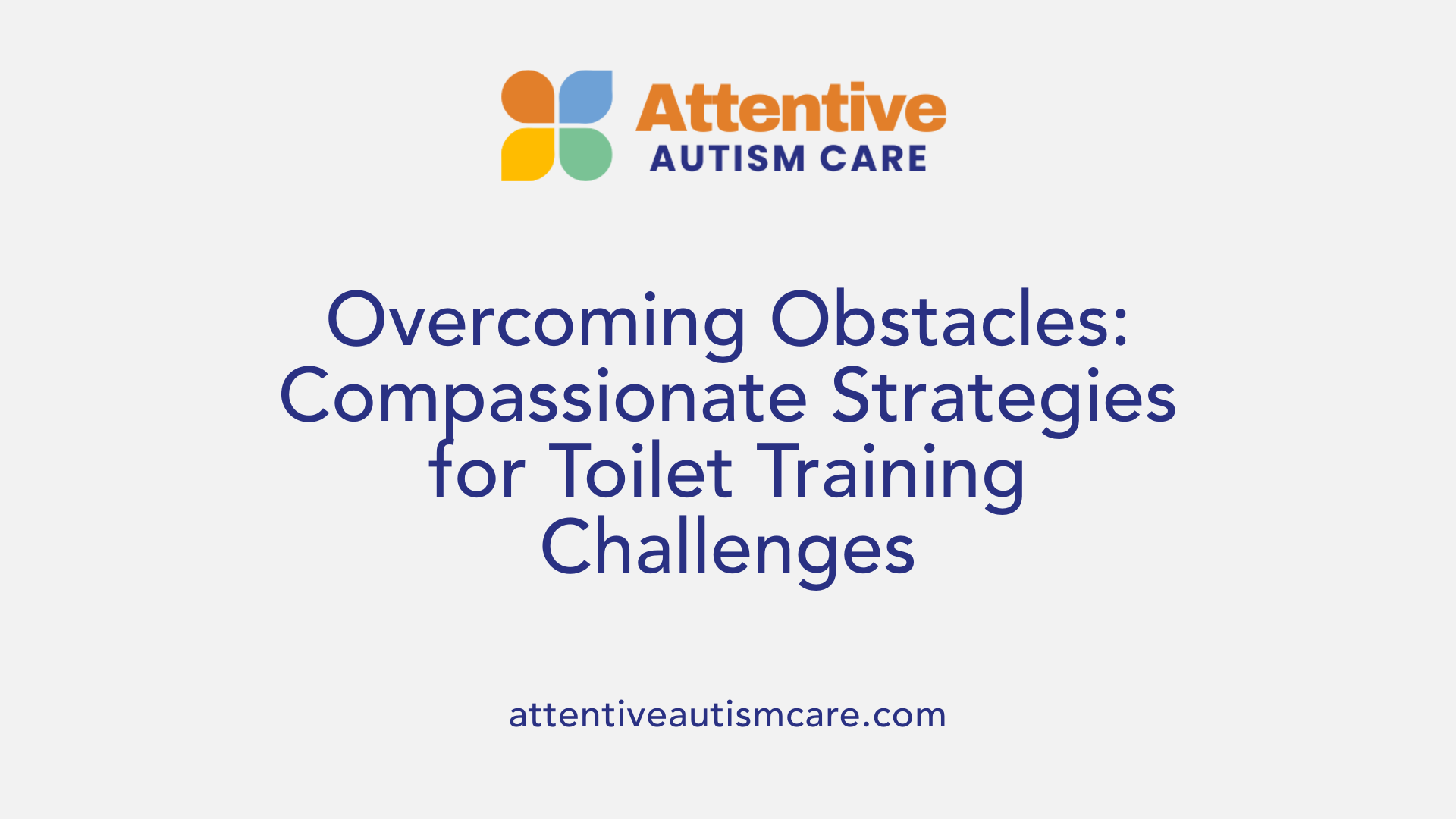
What are common issues such as resistance, accidents, constipation, and regressions?
Children with autism often face unique challenges when it comes to toilet training. Some common issues include resistance to routine changes, difficulty with sensory sensitivities in the bathroom environment, constipation, and regressions in learned skills. Resistance may manifest as fussing or fighting at the toilet, refusal to sit, or anxiety related to flushing or the sounds of water. Accidents are also frequent and can be discouraging; they might happen because the child is overwhelmed or physically unable to control bladder or bowel movements. Constipation, which is more prevalent among children with autism, can lead to painful bowel movements and reluctance to use the toilet. Regression, where a child who previously learned toilet skills reverts to using diapers or shows increased accidents, is common during stressful periods or illness. Understanding these issues requires patience and awareness of each child's sensitivities and health. Keeping a detailed toileting log can help identify patterns, triggers, or physical health issues that may interfere.
Strategies for managing challenging behaviors and emotional responses
When facing resistance or setbacks, implementing calm, supportive strategies is essential. If a child shows oppositional behavior, reinforcing small successes with positive praise or rewards can motivate continued effort. Using visual aids like picture schedules can prepare the child for upcoming steps, reducing anxiety. Addressing sensory sensitivities by adjusting lighting, sound levels, or offering comfort objects can make the environment more welcoming. Handling accidents without punishment—simply cleaning up and encouraging the child to try again—builds trust and resilience. If constipation is an issue, consulting with a healthcare provider about diet or medical intervention can alleviate discomfort and facilitate progress. In moments of emotional distress, giving the child space and time, and avoiding force, is crucial. Offering choices, like selecting a preferred reward or a cozy towel to sit on, can empower the child.
Importance of patience, consistency, and positive reinforcement
Success in toilet training often depends on maintaining a nurturing, predictable routine. Consistency across caregivers, environments, and methods helps the child understand expectations and builds a sense of security. Positive reinforcement, such as verbal praise, stickers, or treats for small achievements, encourages positive behavior and sustains motivation. Patience is vital; setbacks are normal and should be viewed as part of the learning process. Encouraging effort, rather than perfection, helps the child develop confidence. Celebrating each success, no matter how small, reinforces the child's sense of accomplishment and promotes continued progress.
When to seek professional help
If challenges persist despite consistent efforts, consulting professionals like pediatricians, occupational therapists, or behavior analysts is advisable. They can assess for underlying issues such as gastrointestinal problems or sensory sensitivities and can tailor intervention strategies. A professional can also provide behavioral support and guidance on managing regression, resistance, or medical concerns. Early intervention ensures that setbacks do not adversely affect the child's health, self-esteem, or social participation. In cases where the child experiences significant distress, fears, or physical delays in toileting skills, expert assistance becomes even more critical. Collaborative, individualized approaches often lead to more positive outcomes and greater independence in toileting.
| Issue | Typical Behaviors | Suggested Approach | When to Consult | Additional Resources |
|---|---|---|---|---|
| Resistance | Fussing, fighting, or anxiety | Use visual supports, gradual exposure | If persistent or severe | Behavior analyst, occupational therapist |
| Accidents | Frequent or during specific times | Reinforce efforts, maintain routine | If accidents lead to distress | Pediatrician, therapist |
| Constipation | Pain, reluctance to defecate | Medical evaluation, dietary adjustments | If pain or persistent issues | Healthcare provider, dietitian |
| Regression | Returning to previous behaviors | Patience, reinforce skills, avoid pressure | If lasting over a week | Behavior specialist |
Most children with autism can overcome these hurdles with empathetic guidance, patience, and professional support, leading to successful toilet independence and improved quality of life.
The Role of Environmental Adjustments and Support Networks

Does autism affect the ability to potty train?
Autism can influence a child's potty training journey considerably. Research shows that autistic children often achieve toileting independence later than their neurotypical peers. For instance, nearly half (49%) of children aged 4 to 5 with autism are not yet toilet trained, compared to 24% of children with other developmental delays and only 8% of typically developing children.
This delay is generally rooted in a combination of sensory sensitivities, resistance to routine changes, communication challenges, and difficulty recognizing or expressing the need to use the bathroom. For many children on the spectrum, the bathroom environment can be overwhelming due to bright lights, noises, or unfamiliar textures, which further complicates training.
Efficiently supporting toilet training in autistic children requires adapting environmental factors and employing tailored strategies. Visual supports such as picture schedules or social stories help children understand and anticipate each step in the toileting process. Positive reinforcement, like praise and rewards, motivates children and encourages progress.
Building routines and practicing related skills—such as dressing, hand-washing, and recognizing bodily signals—are instrumental. Using visual cues and setting structured, predictable schedules can reduce anxiety and increase independence. Employing calming environmental adjustments, such as controlling bathroom lighting, reducing noise, and familiarizing the child with toilet parts and routines, can make the space more inviting.
Progress may take more time and patience, emphasizing the importance of consistency and support from multiple sources. Collaborative efforts from caregivers, teachers, therapists, and pediatricians provide a comprehensive support network. Professional guidance from behavioral therapists, occupational therapists, or pediatricians ensures that interventions are individualized, addressing specific sensory, communicative, and behavioral needs.
While potty training can be more complex for children on the spectrum, many can succeed with support, patience, and tailored strategies. Recognizing individual differences and maintaining a positive, encouraging environment are fundamental to helping children achieve toileting independence.
Supporting Independence and Long-Term Success in Toilet Training
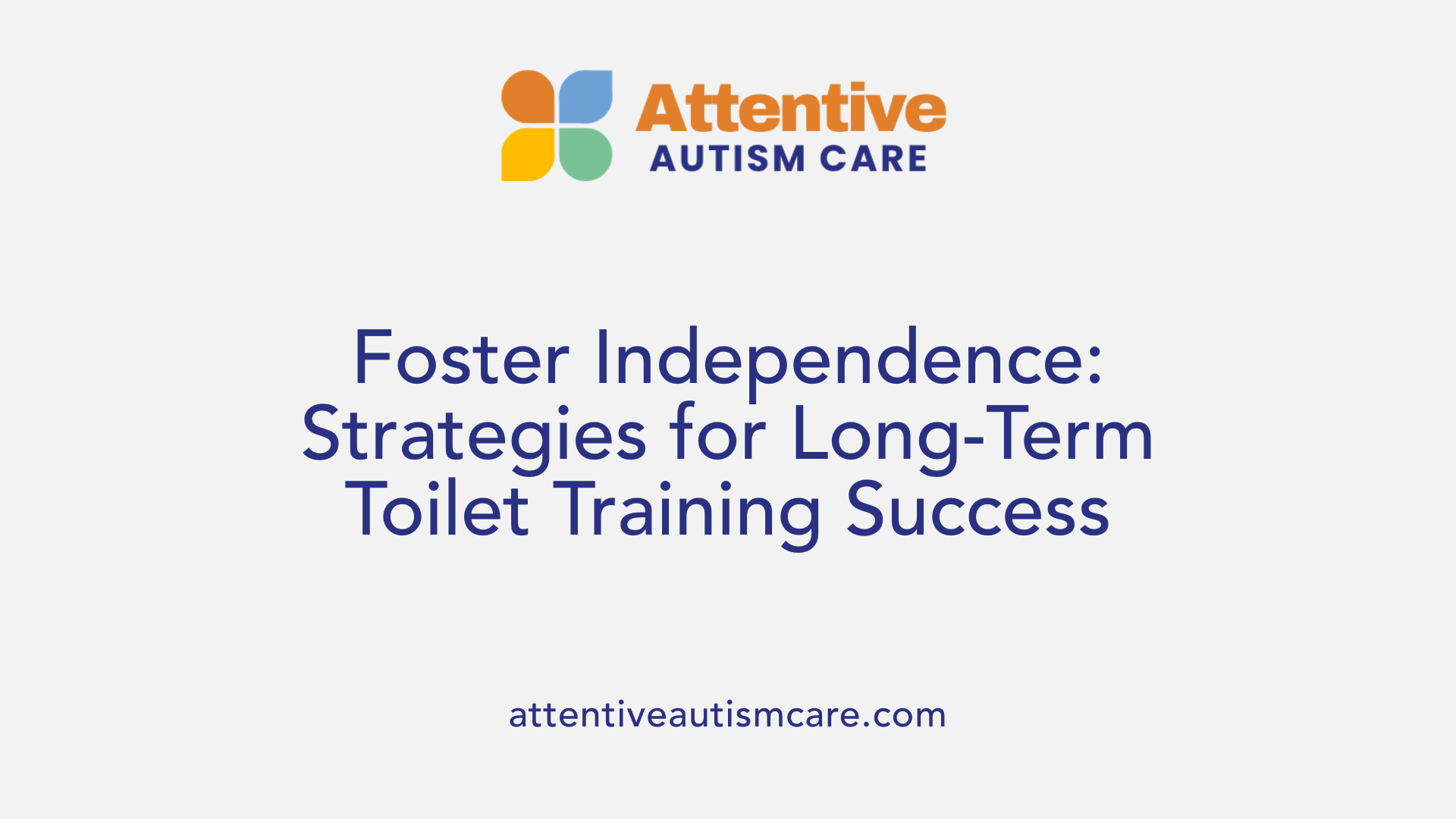
How can I teach autistic children self-care skills such as wiping and handwashing?
Teaching self-care skills like wiping and handwashing is essential for building independence in children with autism during toilet training. Start by breaking down each skill into manageable steps. For wiping, demonstrate the action using visual supports or social stories, and encourage the child to imitate. Use picture cues to show the correct sequence—wiping front to back, using toilet paper, and finishing the task. For handwashing, teach hand movements with pictures or videos, and create a visual routine that the child can follow.
Reinforce each step with praise and positive feedback. Use reward charts to motivate progress and gradually increase the child's confidence in performing these tasks independently. Consistent routines help establish habitual self-care practices. When children master wiping and handwashing, they develop confidence in managing their personal hygiene, which promotes overall independence and well-being.
How do I build routines that promote regular toileting habits?
Establishing a predictable routine helps children with autism develop regular toileting habits. Create a consistent schedule by prompting the child to use the toilet at regular intervals, such as every 30 to 45 minutes during waking hours. Use visual schedules or timers to remind and motivate the child. Consistent timing helps reinforce the connection between routine and bathroom use, reducing anxiety and resistance.
Include pre-toileting cues, such as asking, "Do you need to go?" or observing signs of readiness. Keep the environment calm, and prepare the bathroom with familiar items to reduce sensory overload. Praise successes and handle accidents supportively, reinforcing the routine without punishment. Over time, these routines foster independence, making toileting a natural part of the daily schedule.
What is the significance of transitioning from diapers to underwear?
Switching from diapers or pull-ups to underwear acts as a powerful motivator for children with autism. Underwear provides sensory feedback—feeling wet or soiled can prompt awareness of bodily signals. This transition helps children recognize the physical sensation associated with urination or bowel movements, strengthening awareness over time.
Begin this transition gradually, ensuring the child is physically and emotionally ready. Use visual supports and praise to reinforce the switch. Wearing underwear may also increase motivation to stay dry, as children often dislike feeling wet or soiled. This change, combined with positive reinforcement, accelerates the learning process and promotes independence.
How do I monitor progress and celebrate achievements?
Monitoring progress involves keeping detailed records of toileting behaviors, accidents, successful attempts, and cues used. Use charts or data logs to visualize patterns and identify routines that work best. Regular review helps adapt strategies to the child's evolving needs.
Celebrating successes, even small ones, boosts motivation and confidence. Praise in a specific manner—like "Great job telling me you need to go!"—helps reinforce communication and independent toileting behaviors. Use tangible rewards or preferred activities as positive reinforcement for achieving milestones.
Recognizing achievements builds a positive association with toileting, encouraging children to persevere through setbacks. Consistent monitoring and celebration foster a supportive environment conducive to developing long-term independence.
Conclusion and Key Takeaways
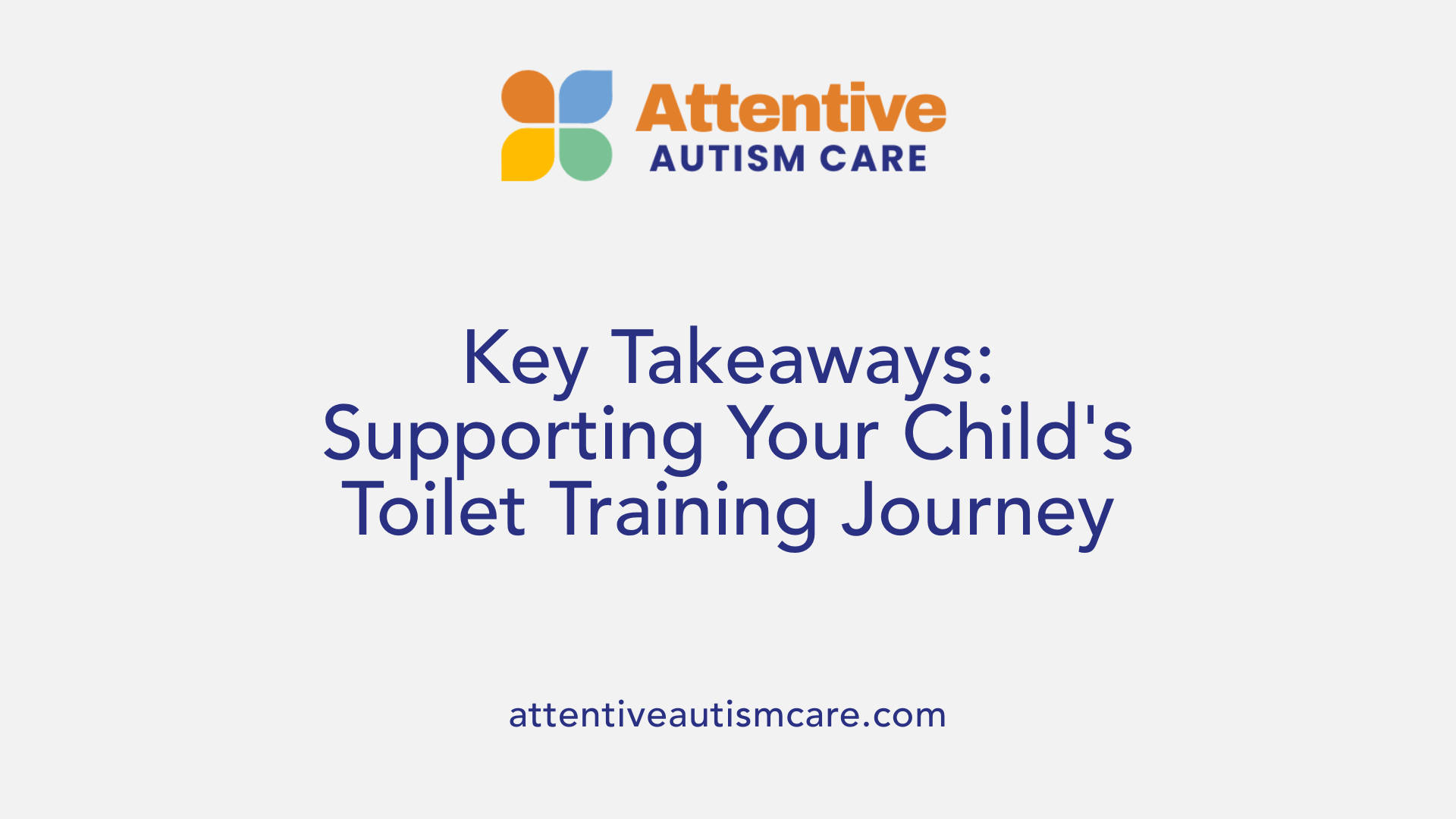
Does autism affect the ability to potty train?
Autism can influence a child's potty training journey, often causing delays in achieving toileting independence compared to neurotypical children. Research shows that nearly half of children aged 4 to 5 with autism are not yet toilet trained, a figure significantly higher than children with other developmental delays or typical development.
Several factors contribute to these challenges. Sensory sensitivities, such as discomfort from bright lights, loud noises, or textures, can make bathroom environments overwhelming. Routine resistance and difficulties in understanding or communicating bodily signals hinder progress. Many autistic children also have delayed recognition of the urge to urinate or defecate and might struggle with expressing this need.
Despite these obstacles, tailored strategies can improve outcomes. Using visual supports, such as picture schedules and cues, helps children understand the steps involved in toileting. Consistent routines, positive reinforcement, and environmental modifications—like calming bathroom environments—are effective tools.
Supporting skills, including dressing, hand-washing, and acknowledging bodily sensations, can aid in building independence. Progress may take longer, requiring patience and persistence.
Careful collaboration with professionals—behavioral analysts, occupational therapists, or pediatricians—can provide personalized plans. These specialists can address specific sensory, communication, and behavioral challenges, guiding families through manageable steps.
While potty training can be more complex for children with autism, success is achievable. Many children, with persistent support and appropriate interventions, can develop this essential life skill. Patience, consistency, and a compassionate approach remain the cornerstones of effective training.
Final Thoughts and Encouragement
While toilet training an autistic child may require extra patience, flexibility, and specialized strategies, it is a highly achievable goal with the right support, environment, and approach. Recognizing signs of readiness, breaking down the process into manageable steps, and utilizing visual supports and environmental adaptations can make the journey smoother. Collaborating with healthcare professionals, therapists, and educators ensures consistent reinforcement and tailored interventions. Ultimately, successful toilet training fosters independence, boosts confidence, and enhances overall quality of life for children with autism and their families.
References
- Seven toilet training tips that help nonverbal kids with autism
- Toilet training for autistic children
- What to Know About Toilet Training Your Child with Autism
- Toileting - a guide for parents and carers - National Autistic Society
- Potty Training For Autism – The Ultimate Guide
- Ten Toilet Training Tips for Nonverbal Children with Autism |
- Toilet training interventions for children with autism spectrum disorder
- Potty Training A Child with Autism: A Comprehensive Guide
- Autism toilet training dilemma
- Toileting and autistic children - National Autistic Society




